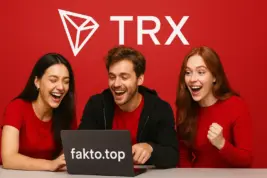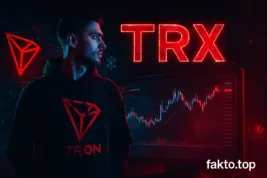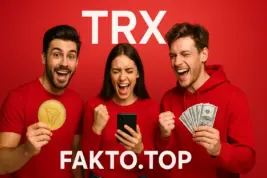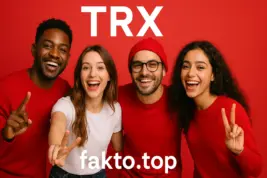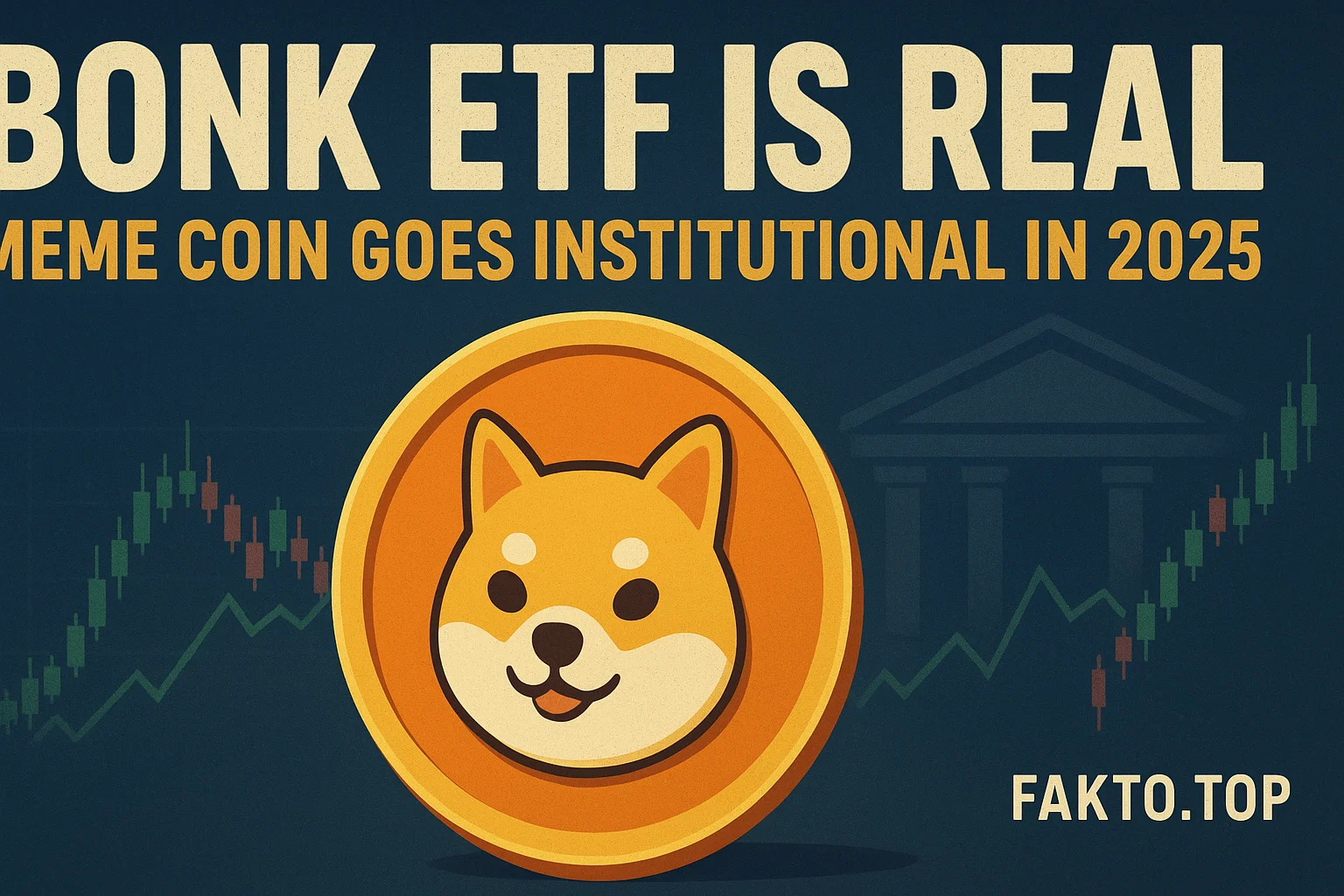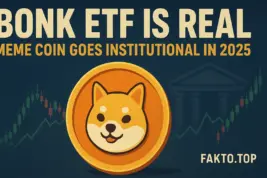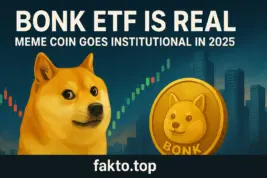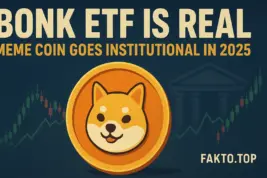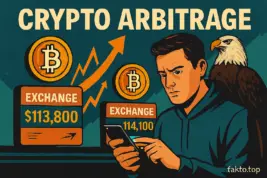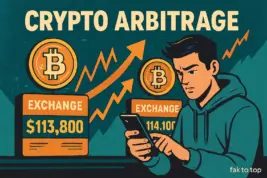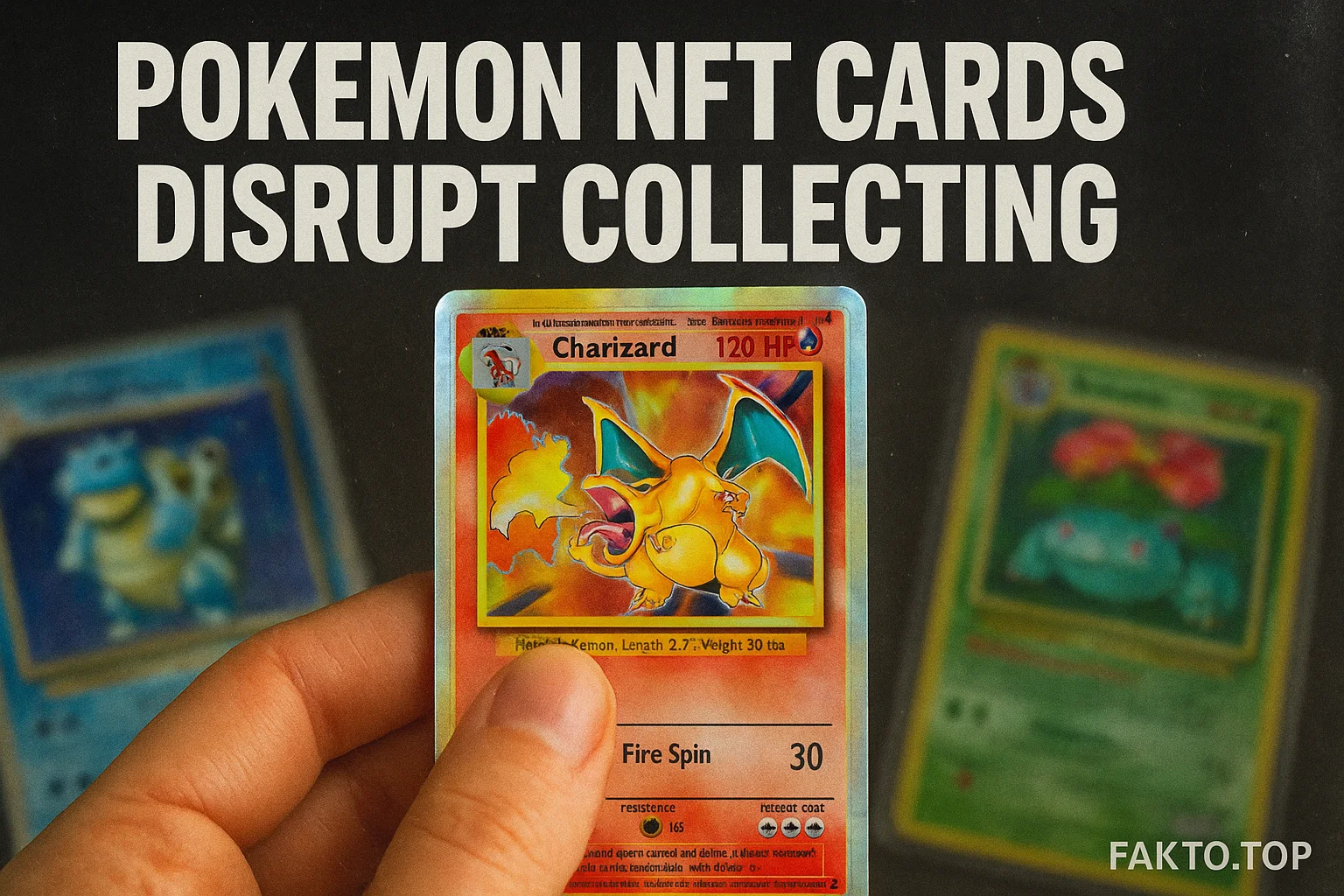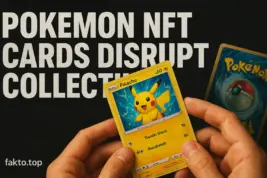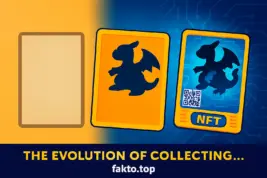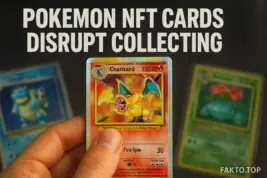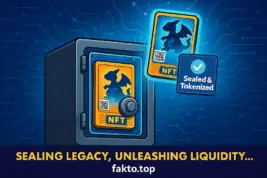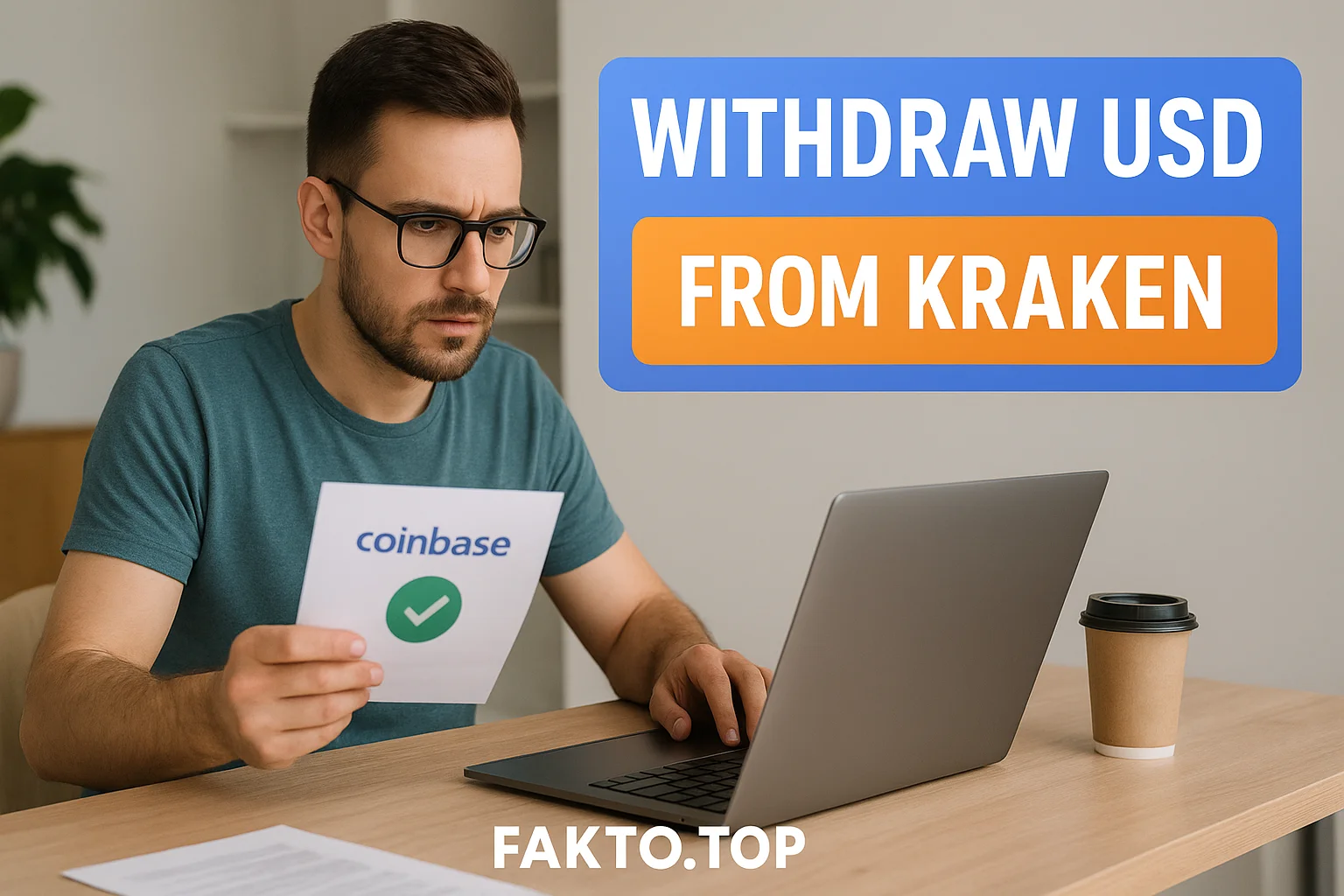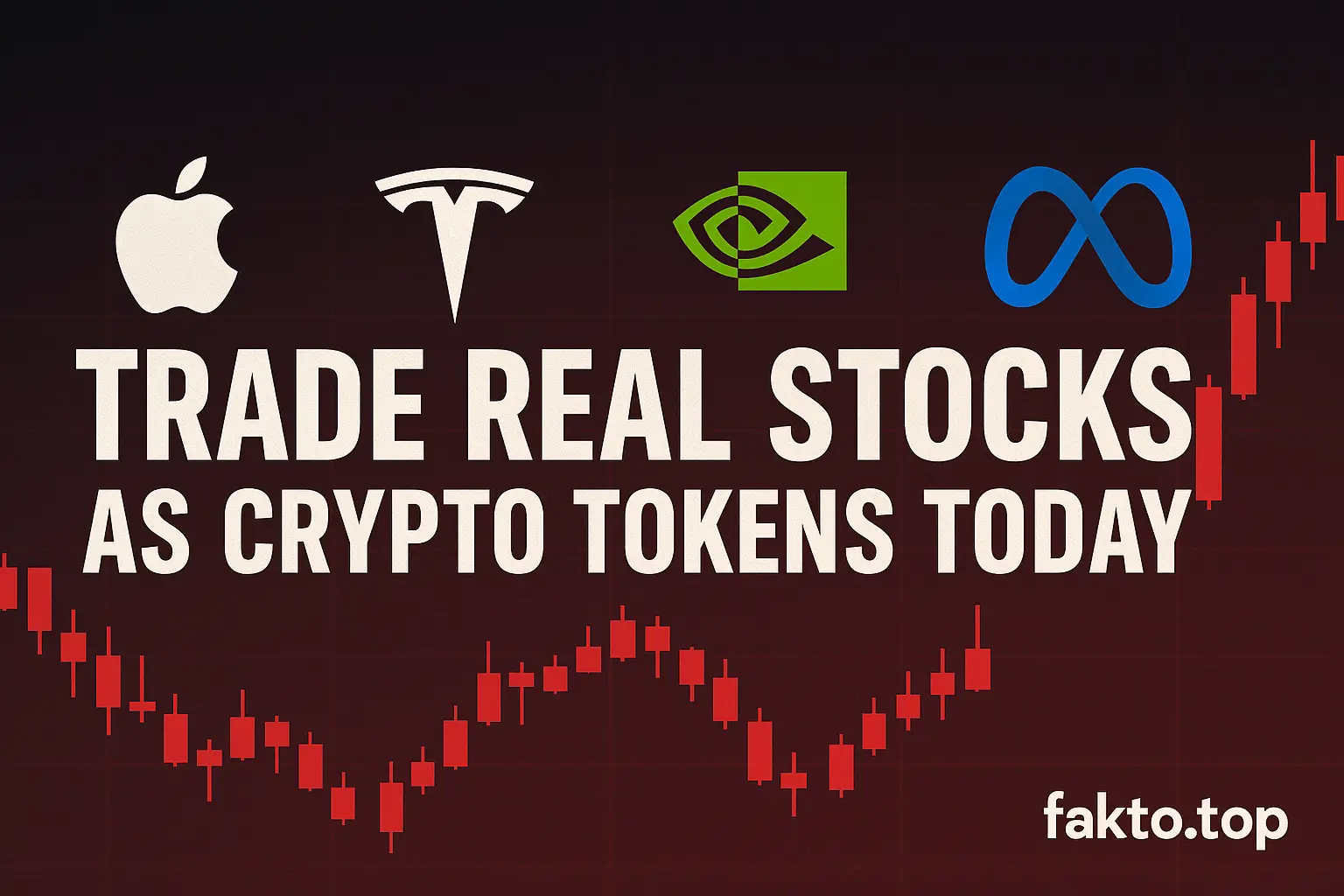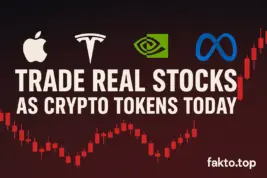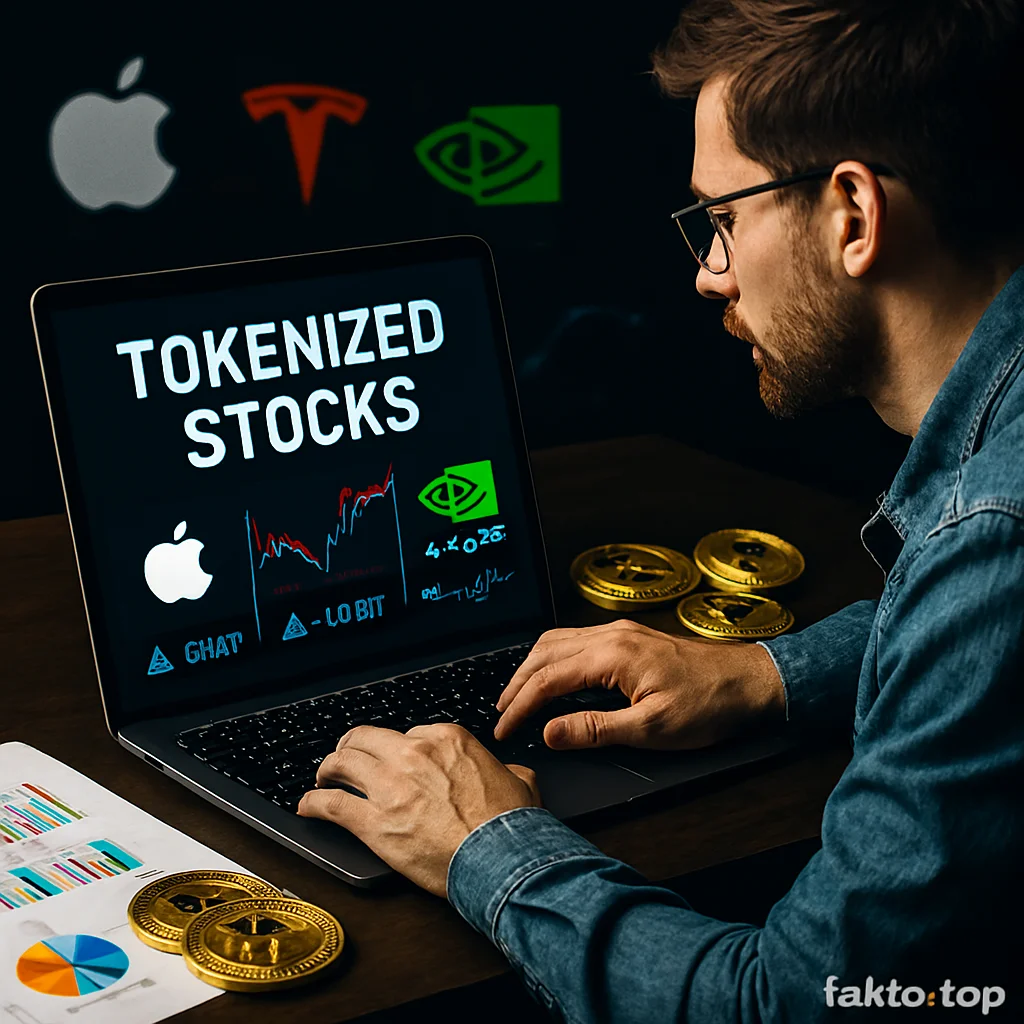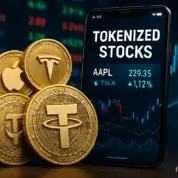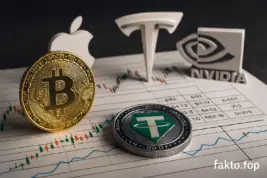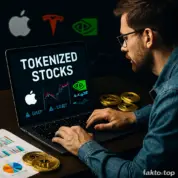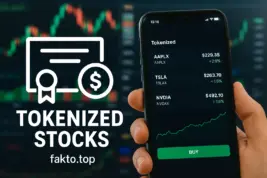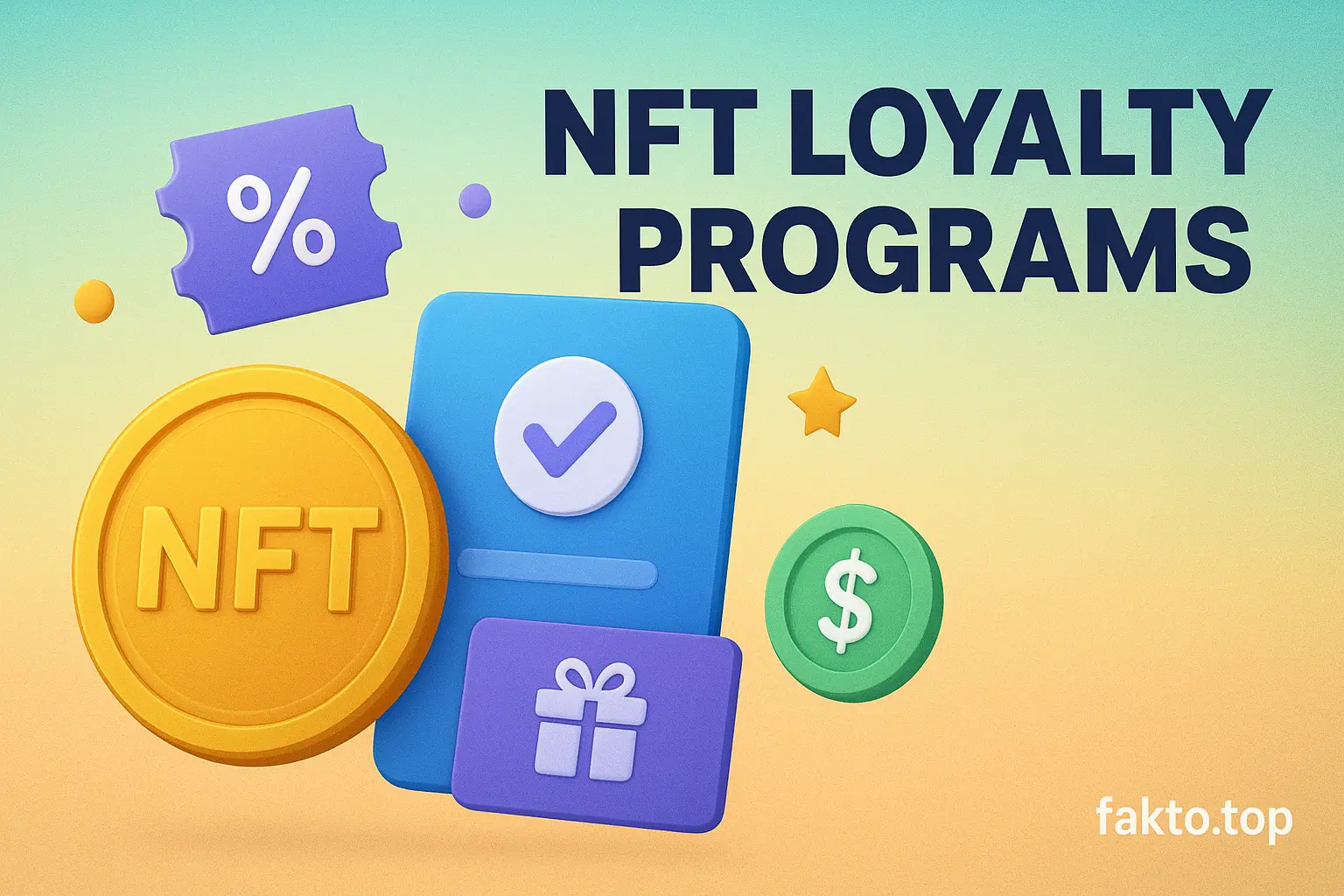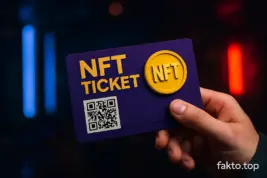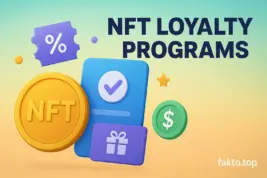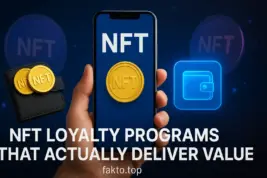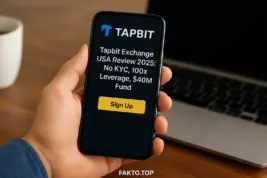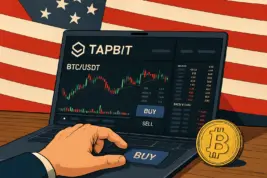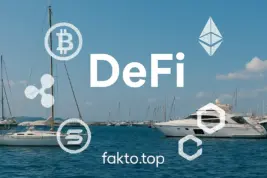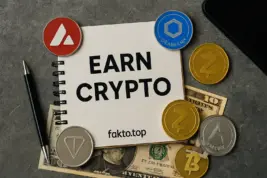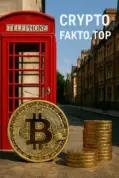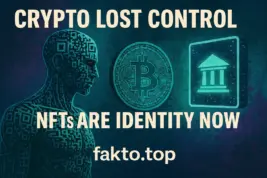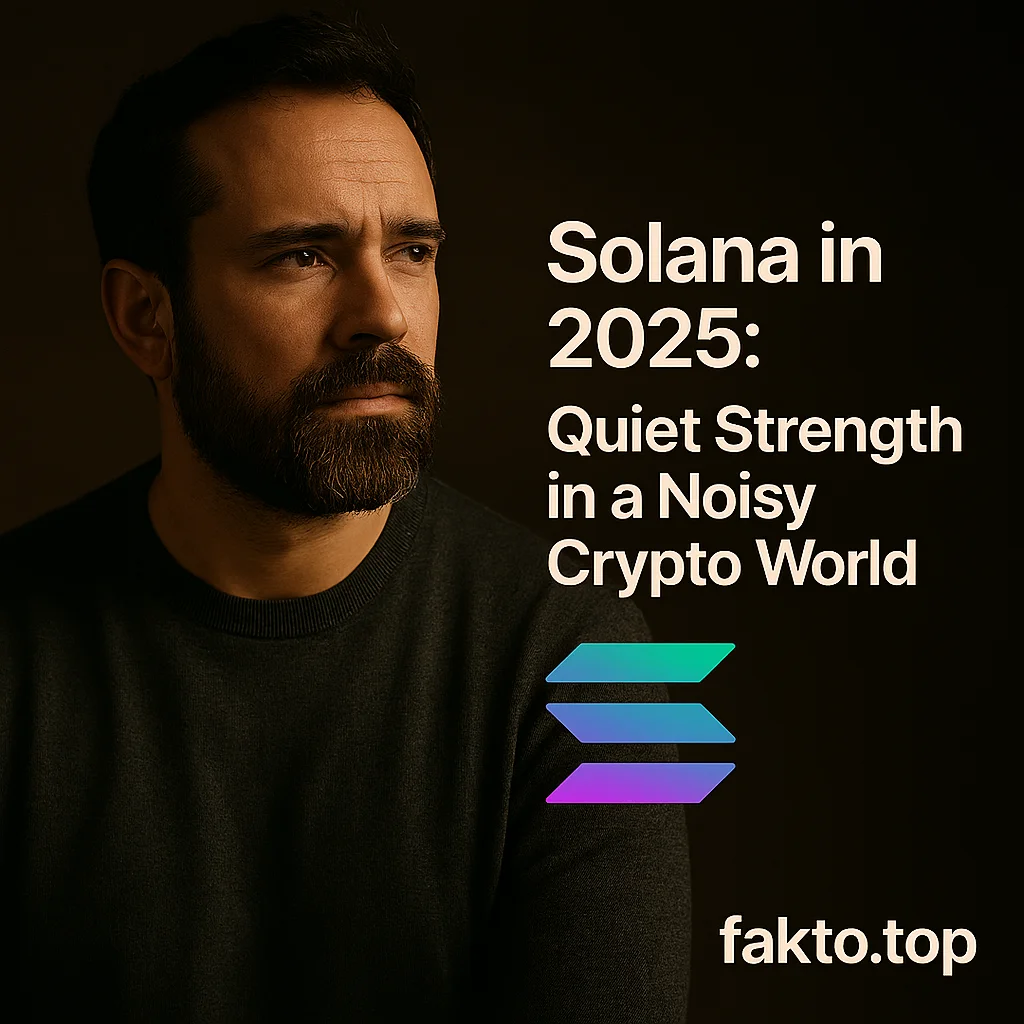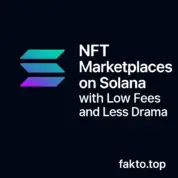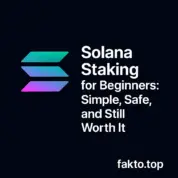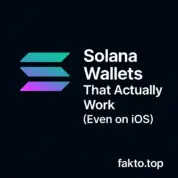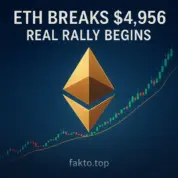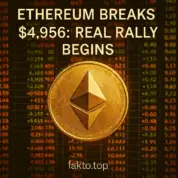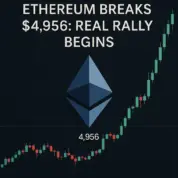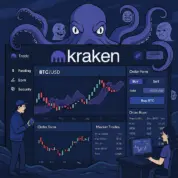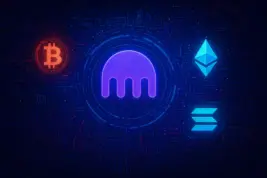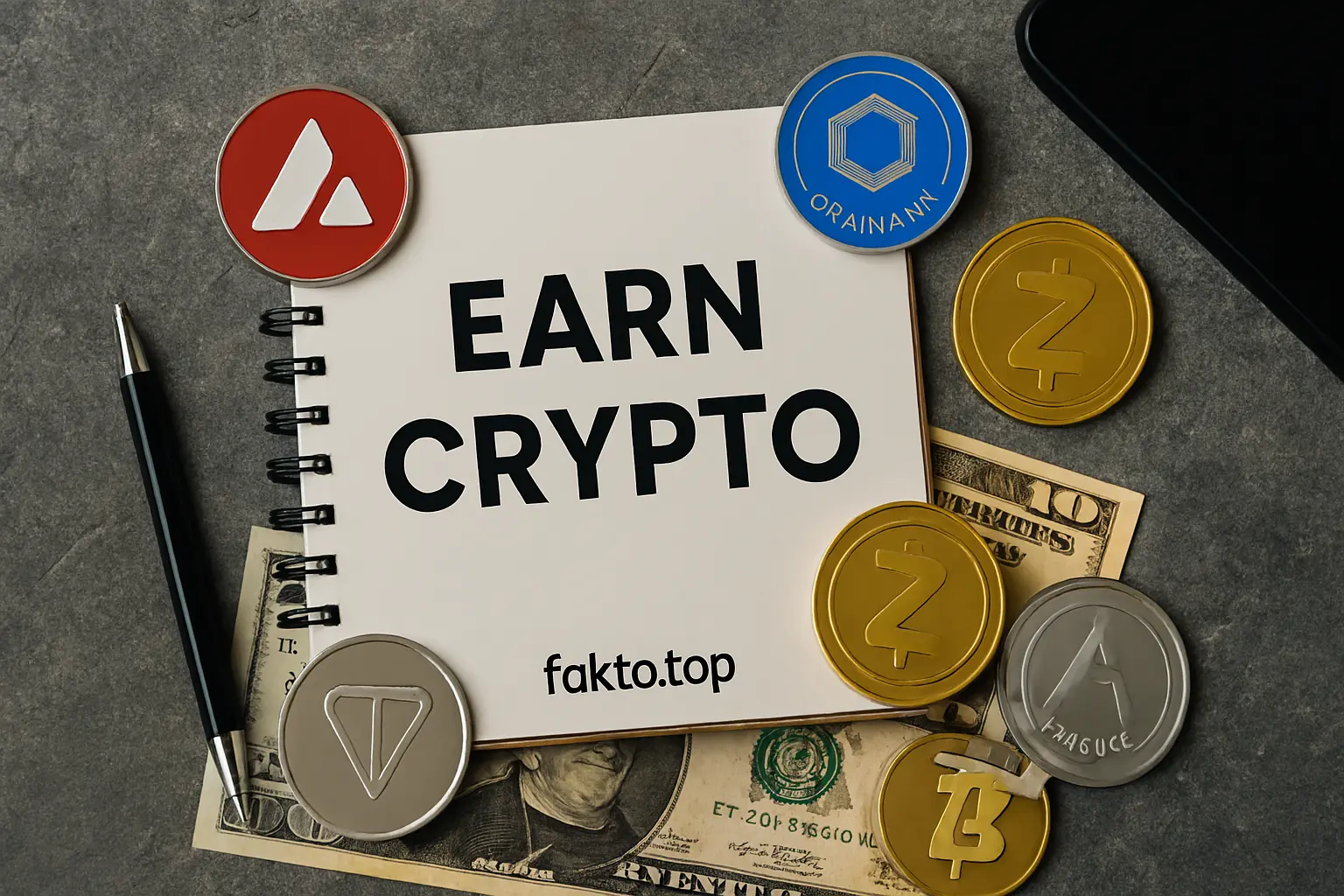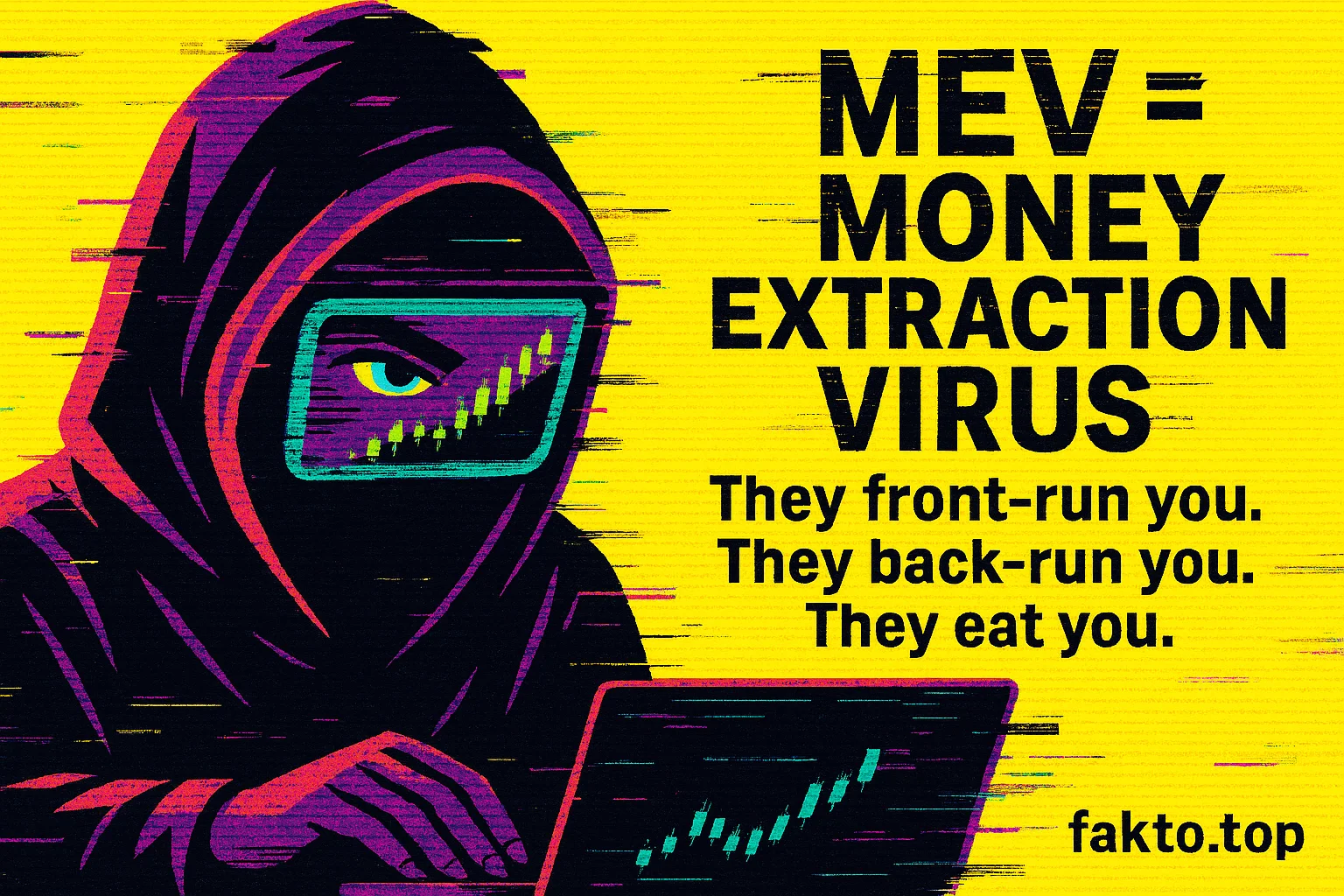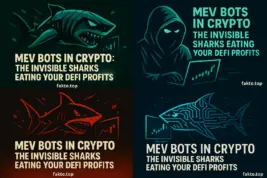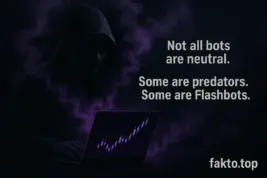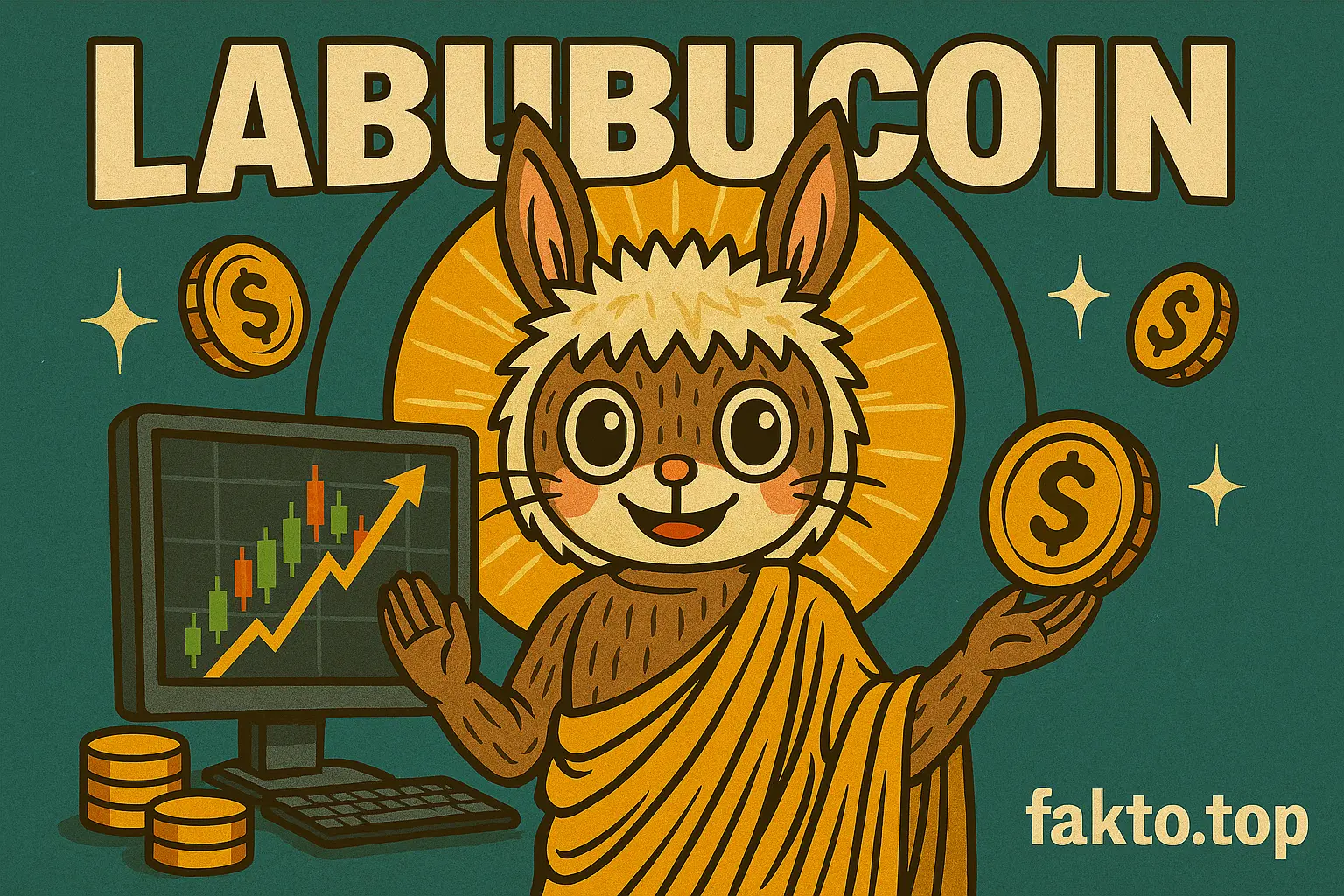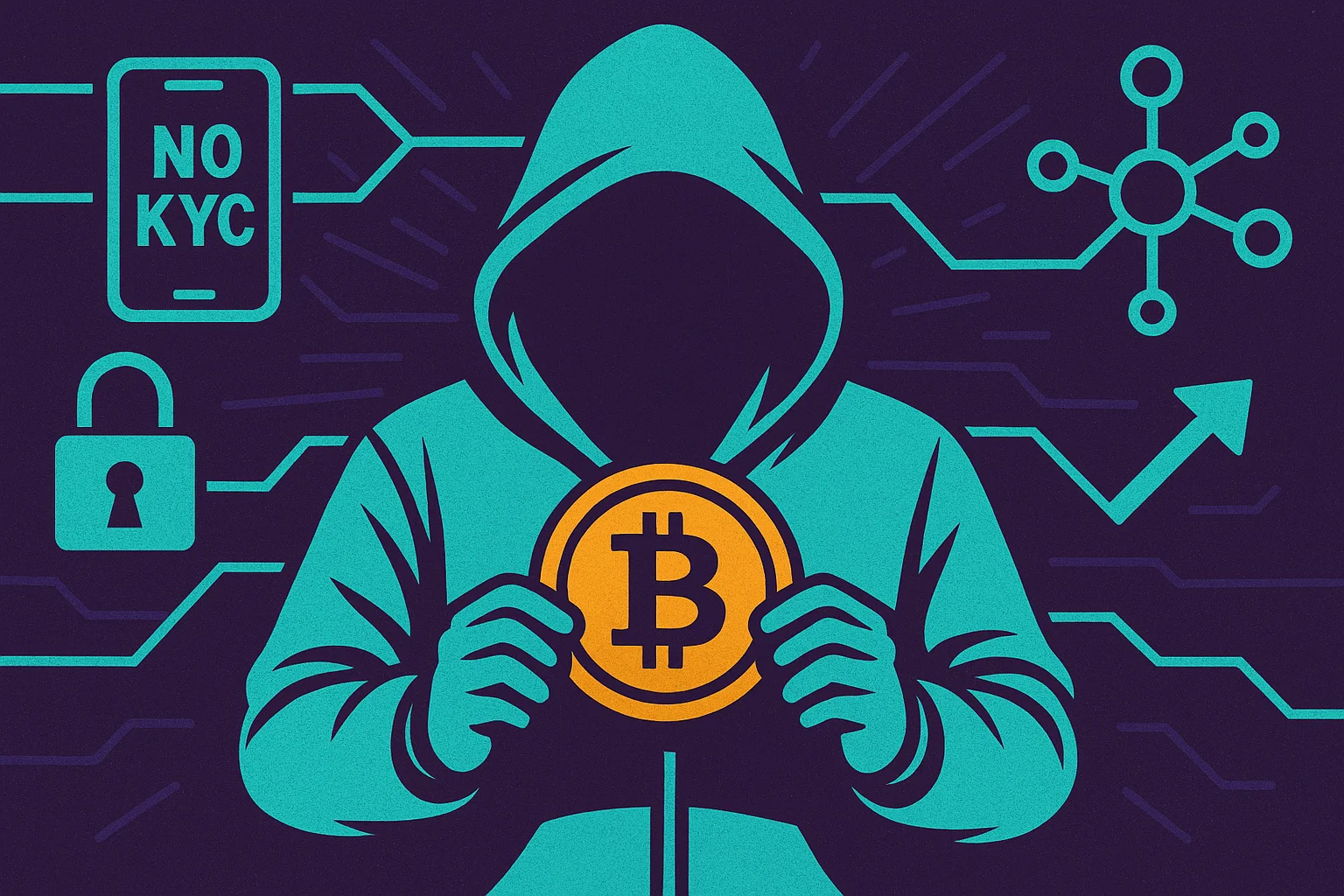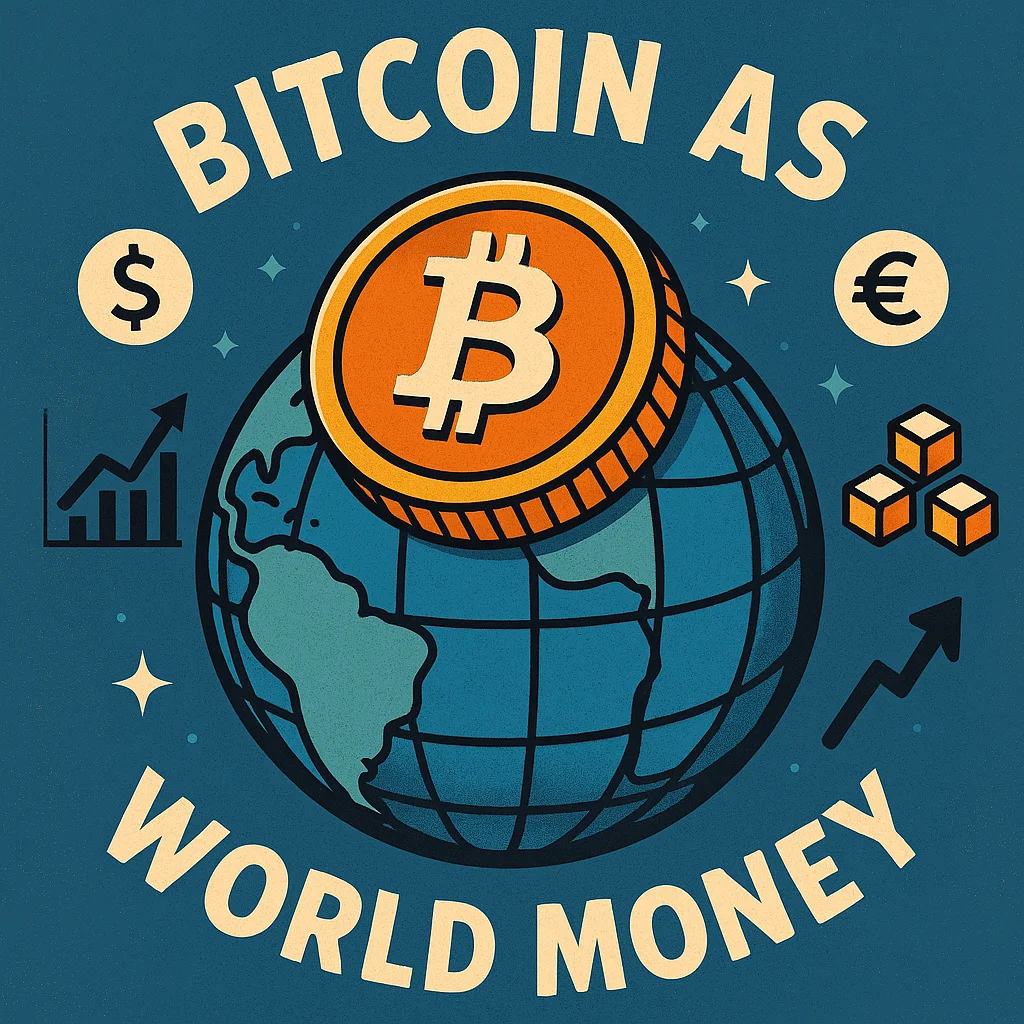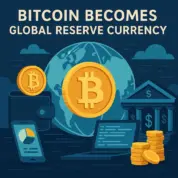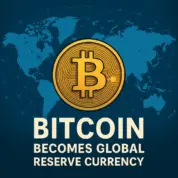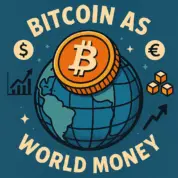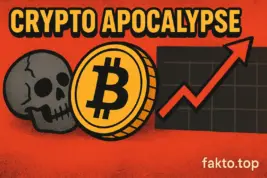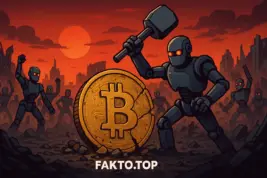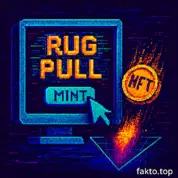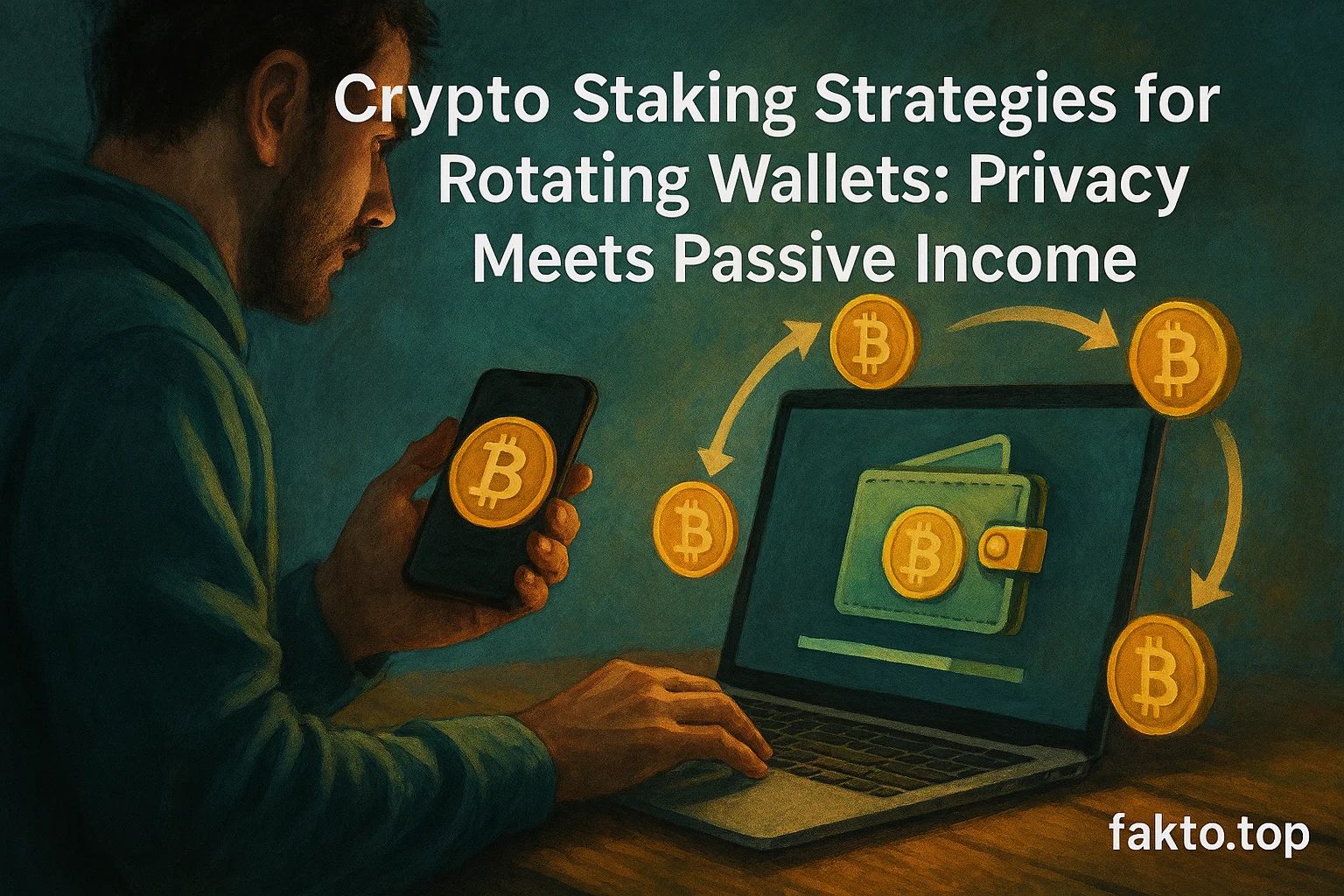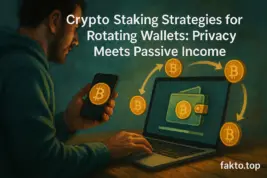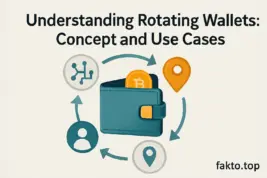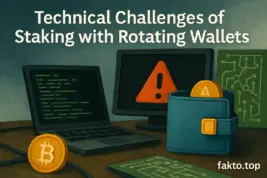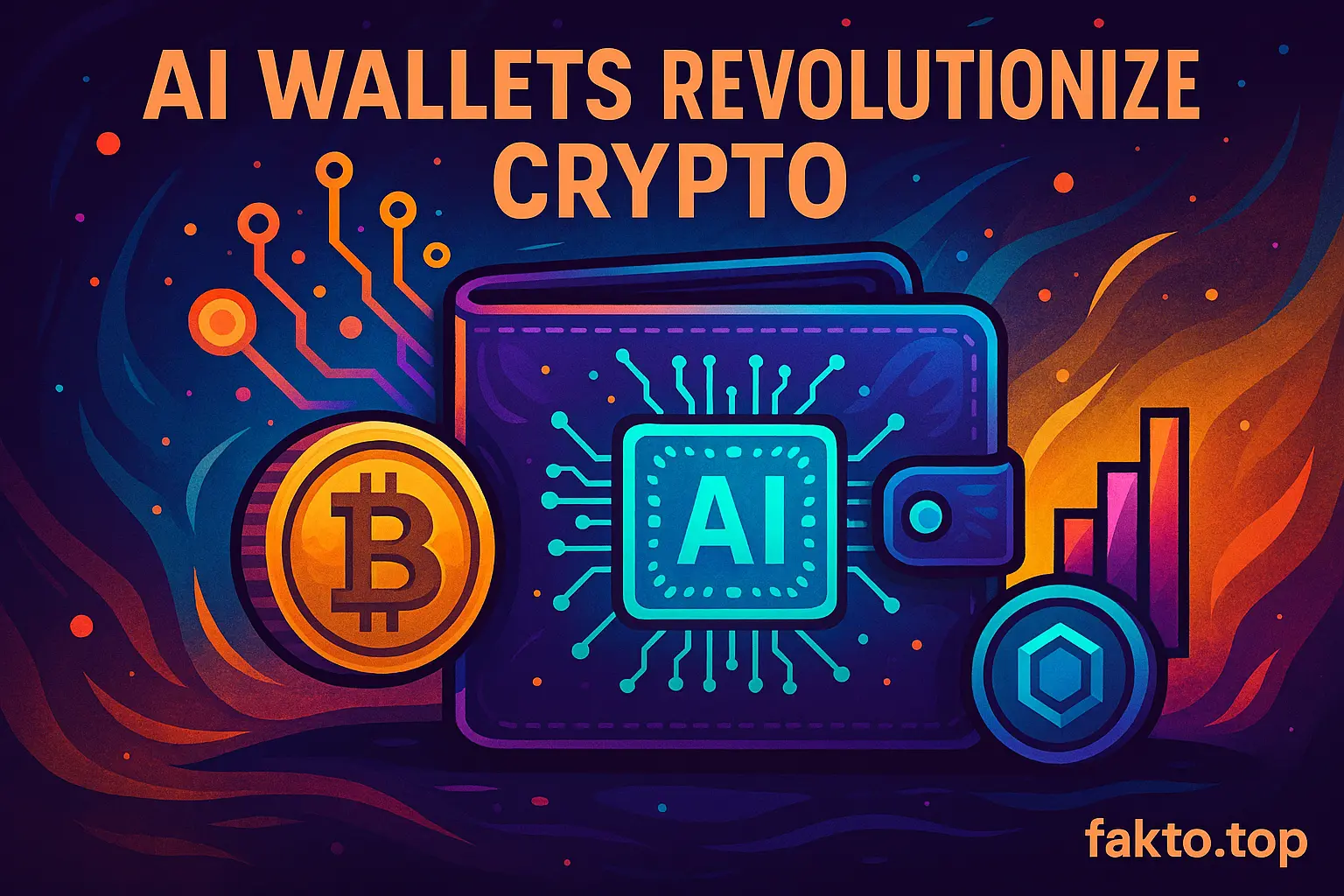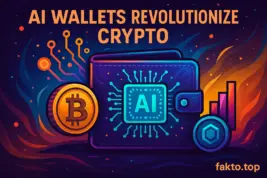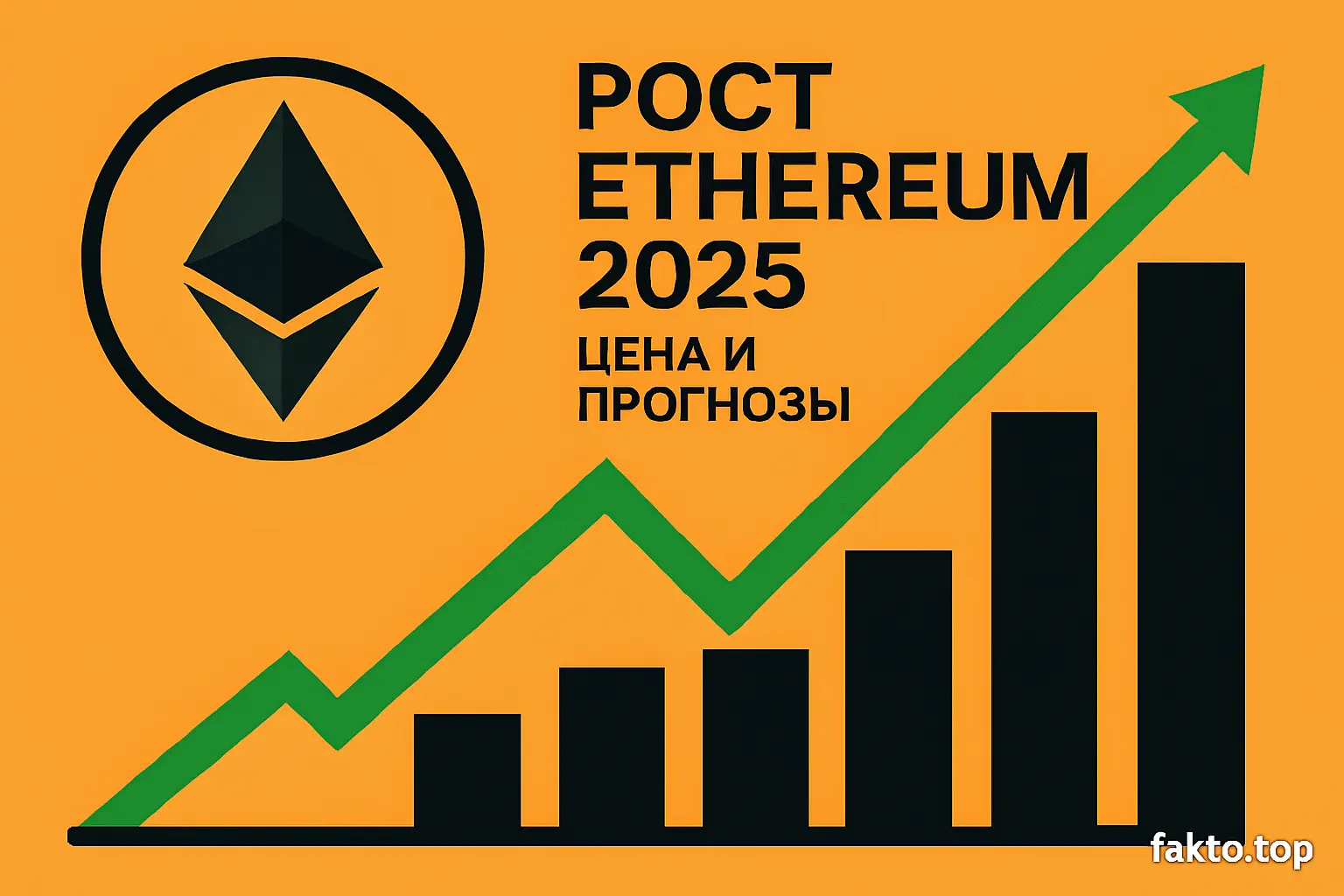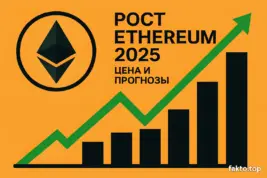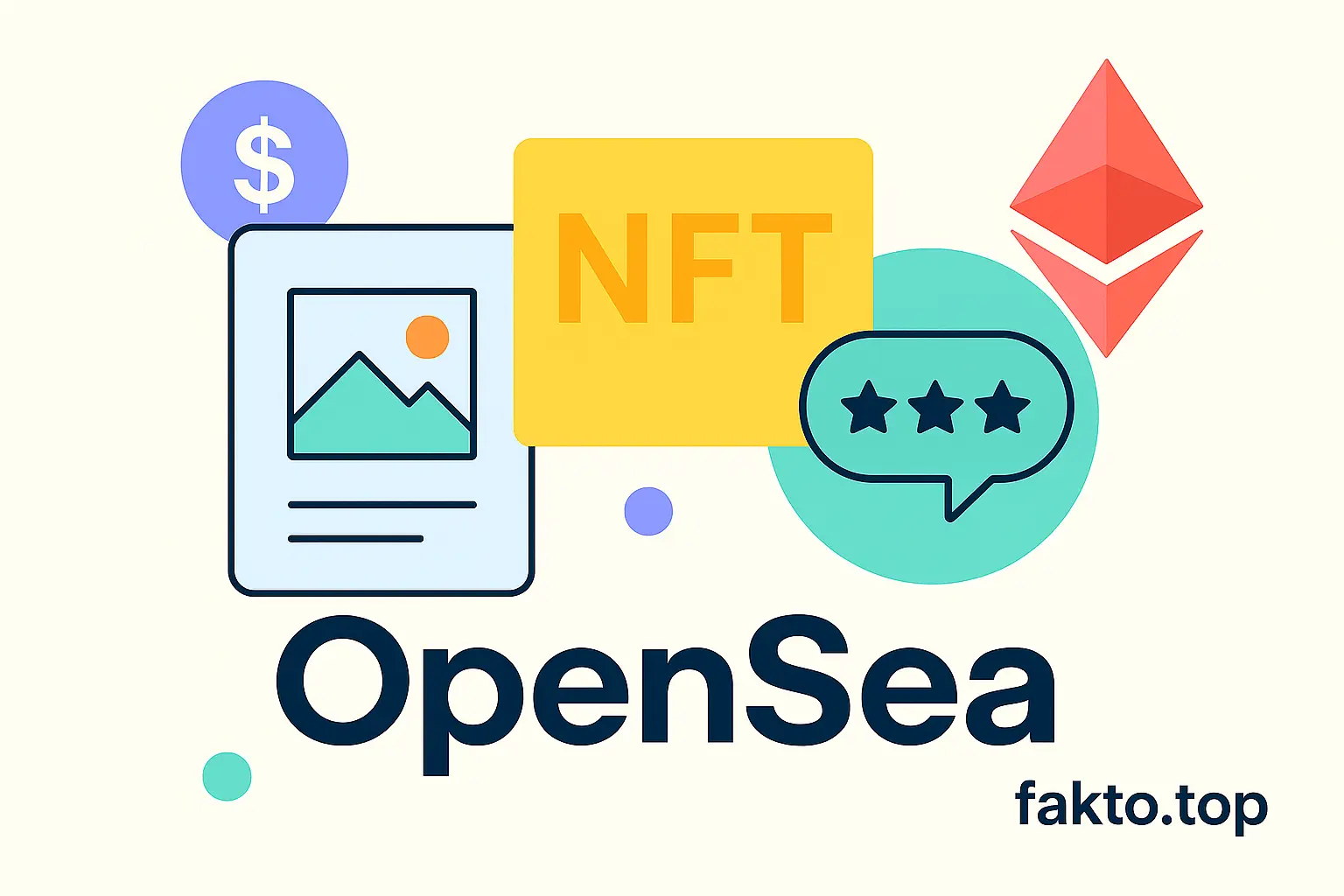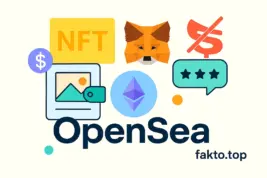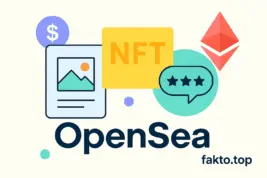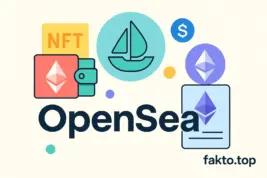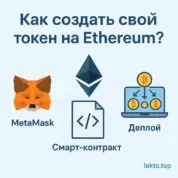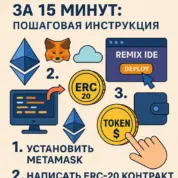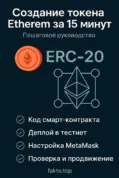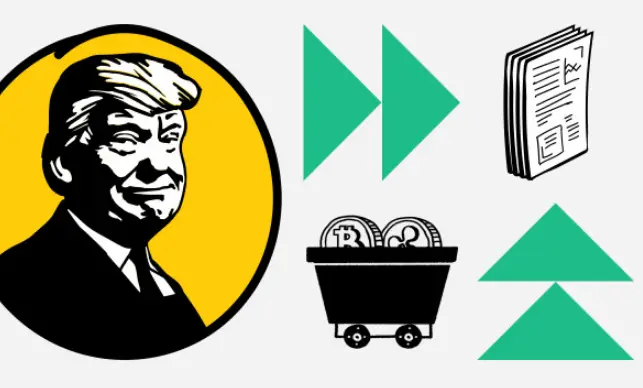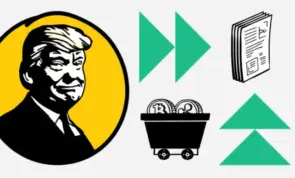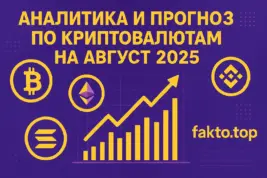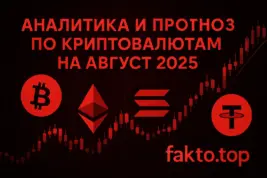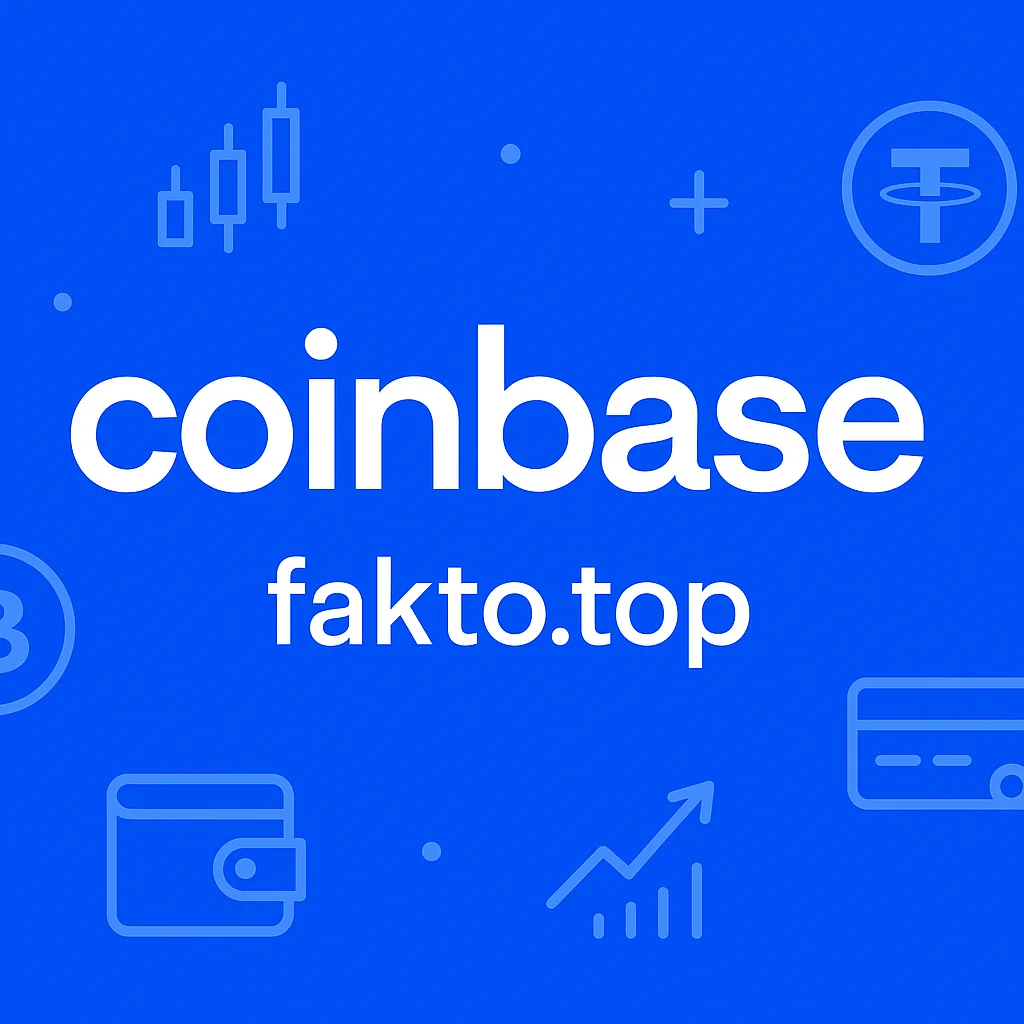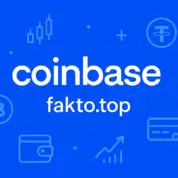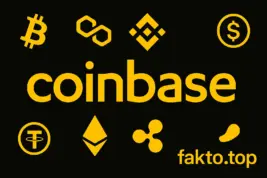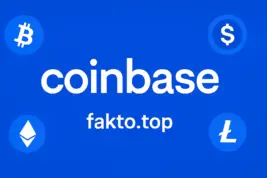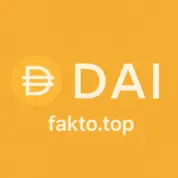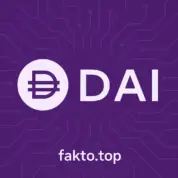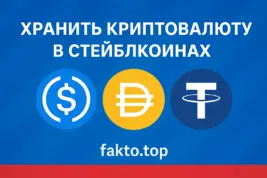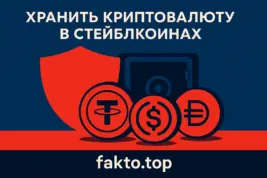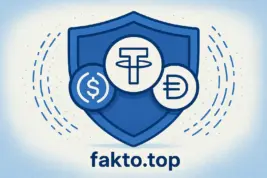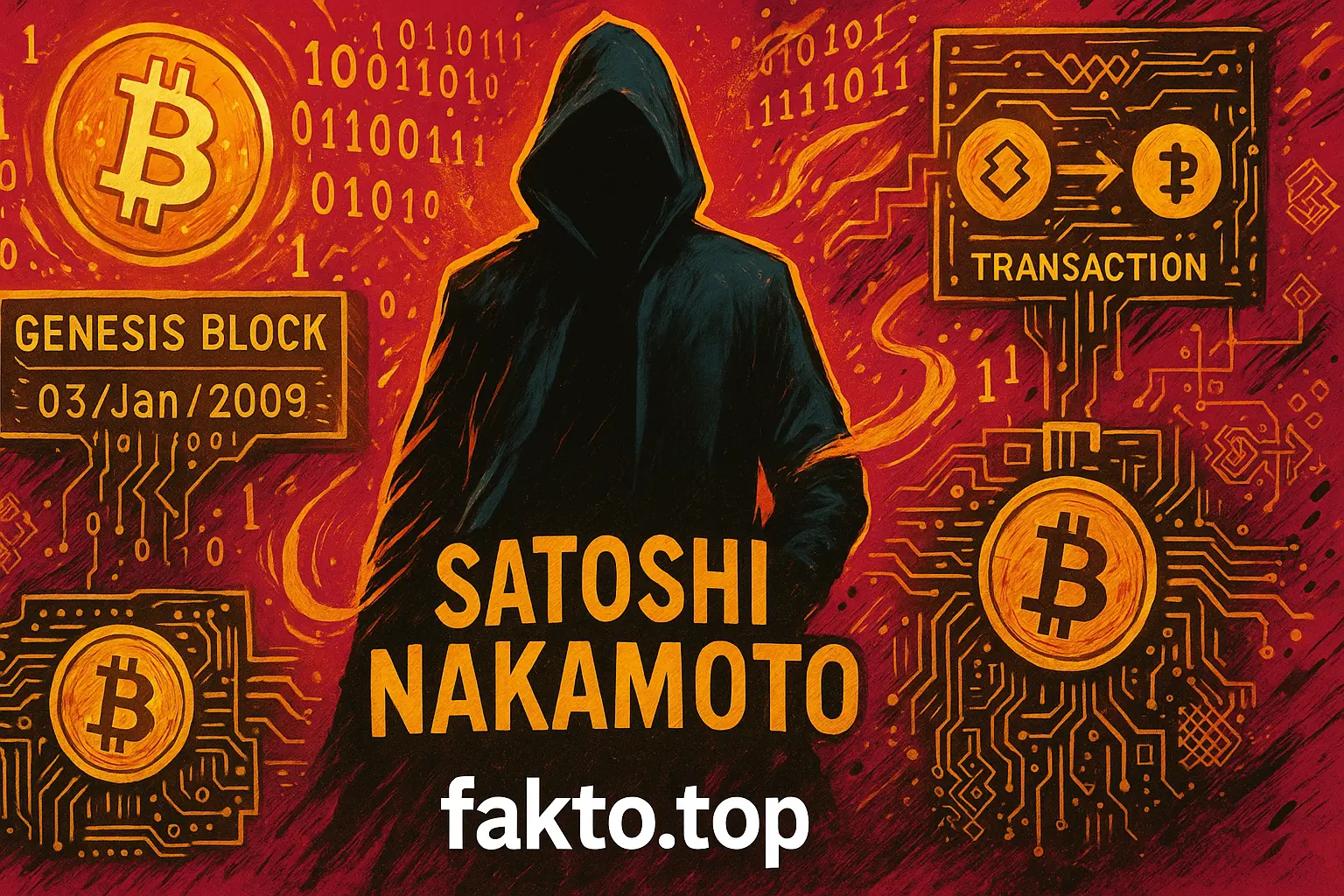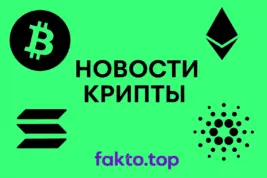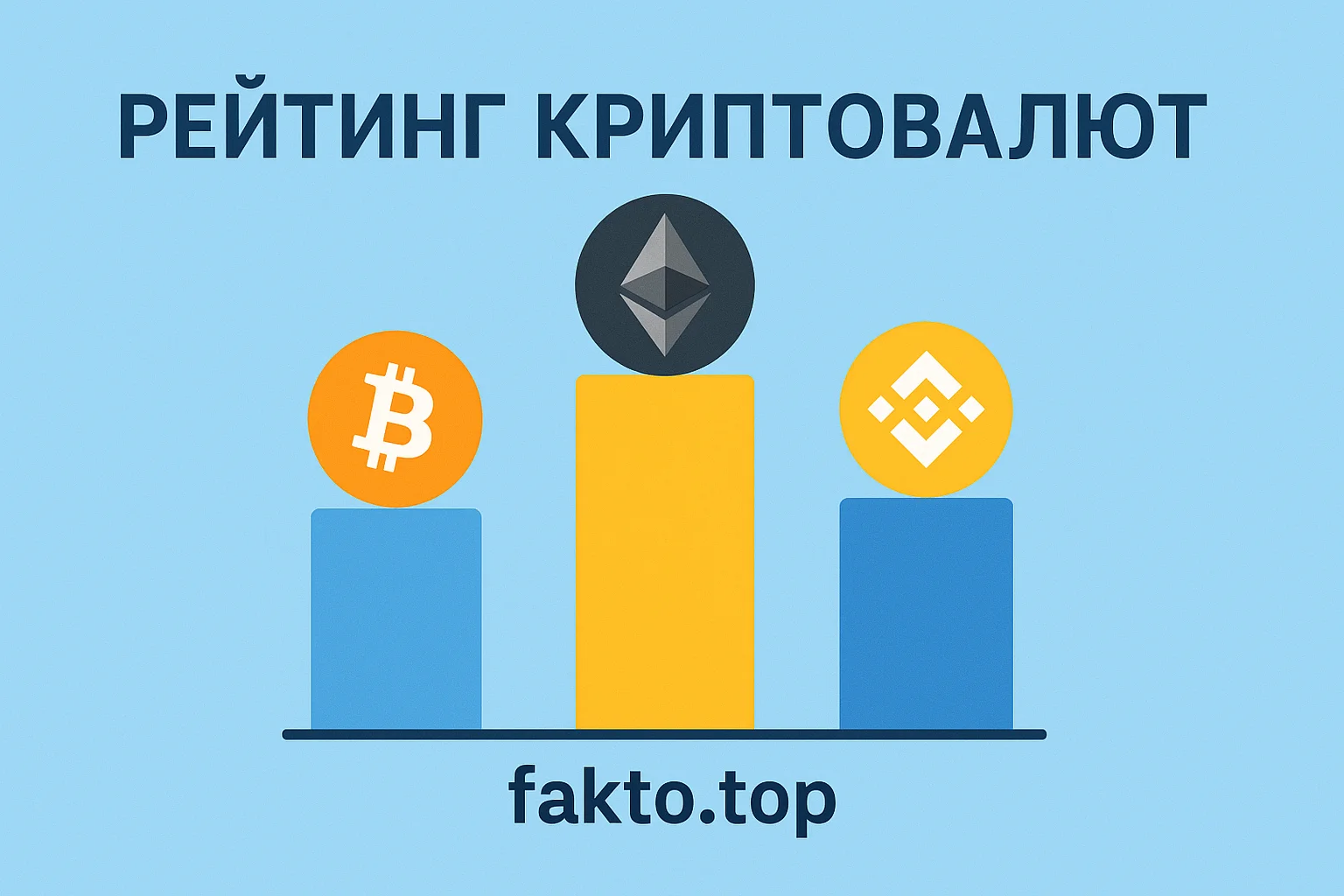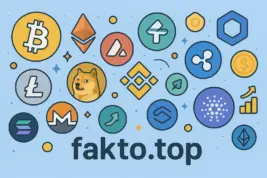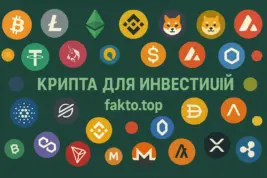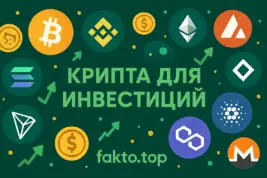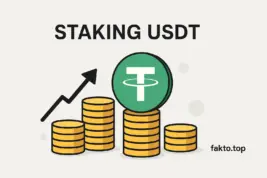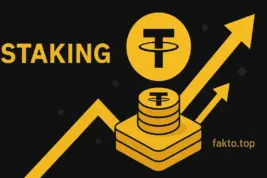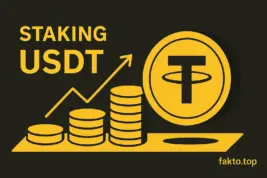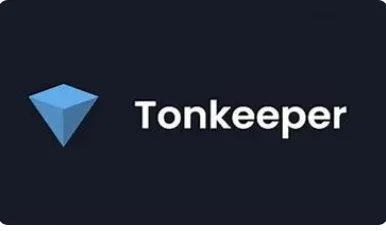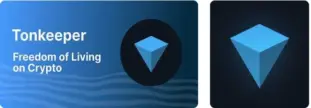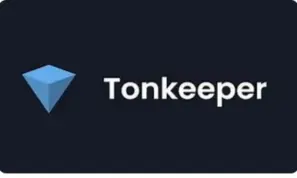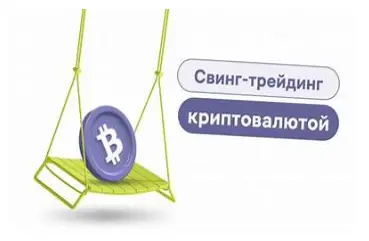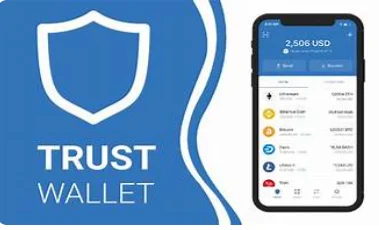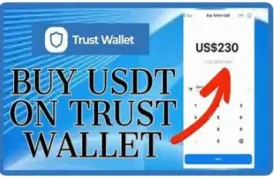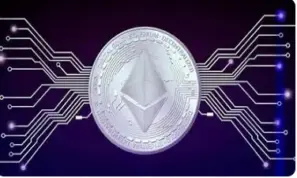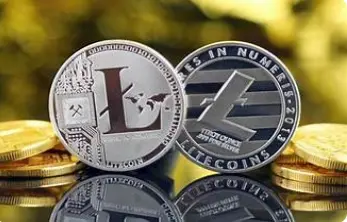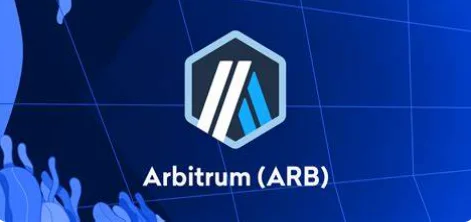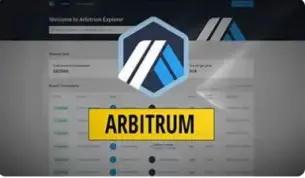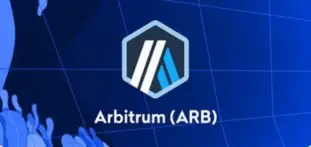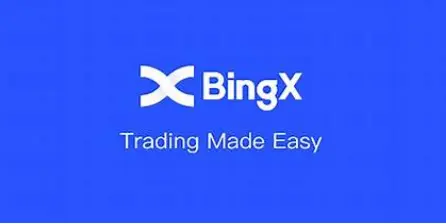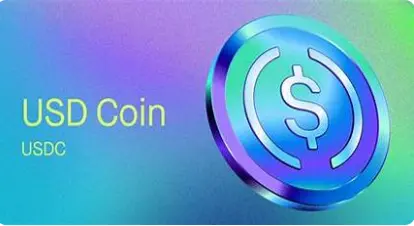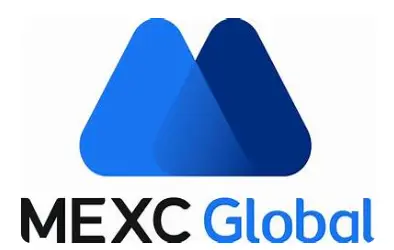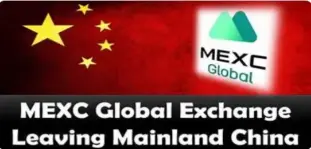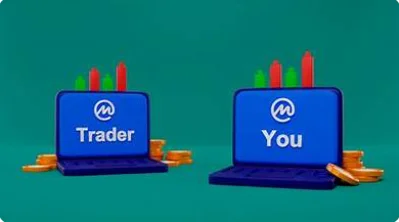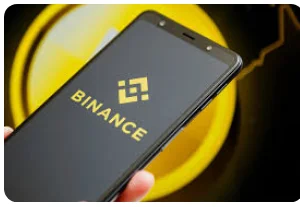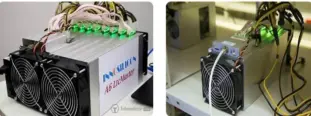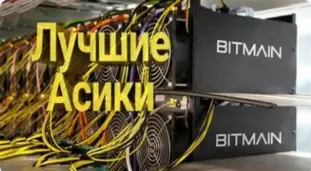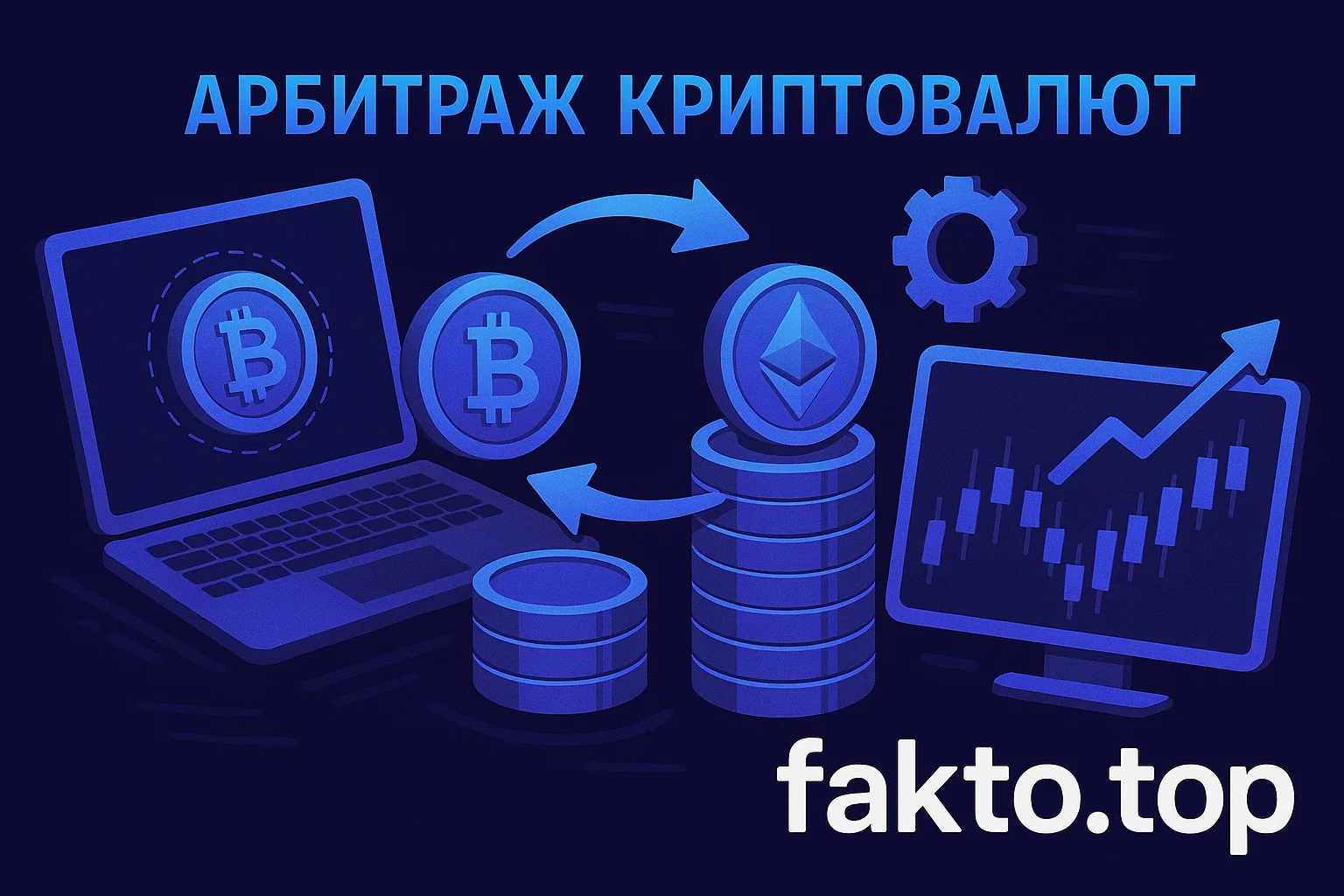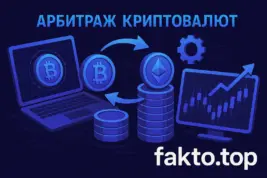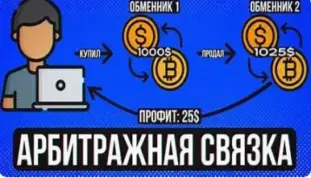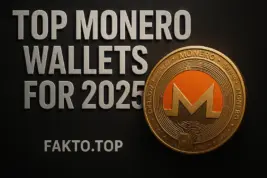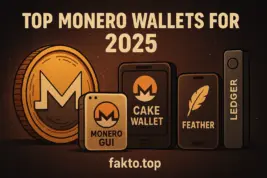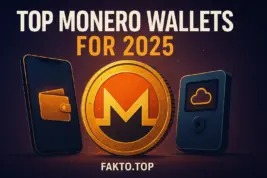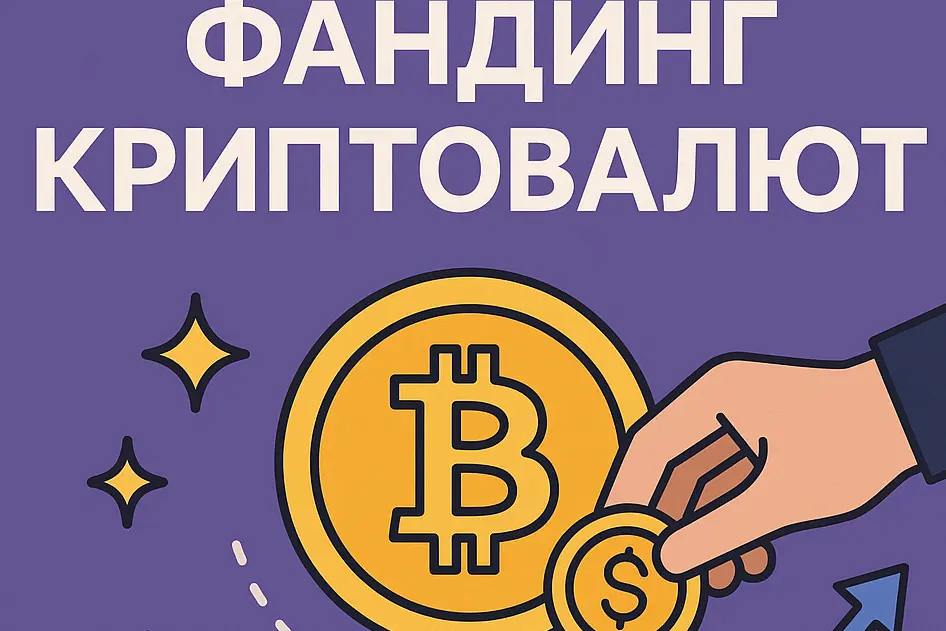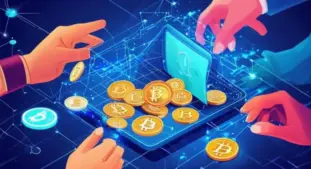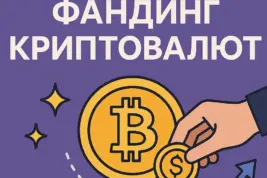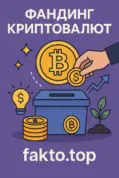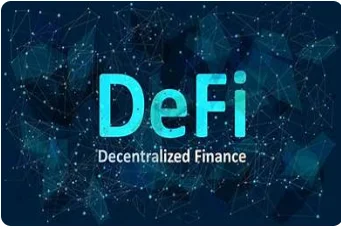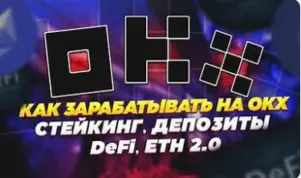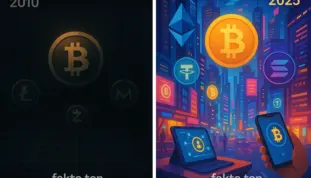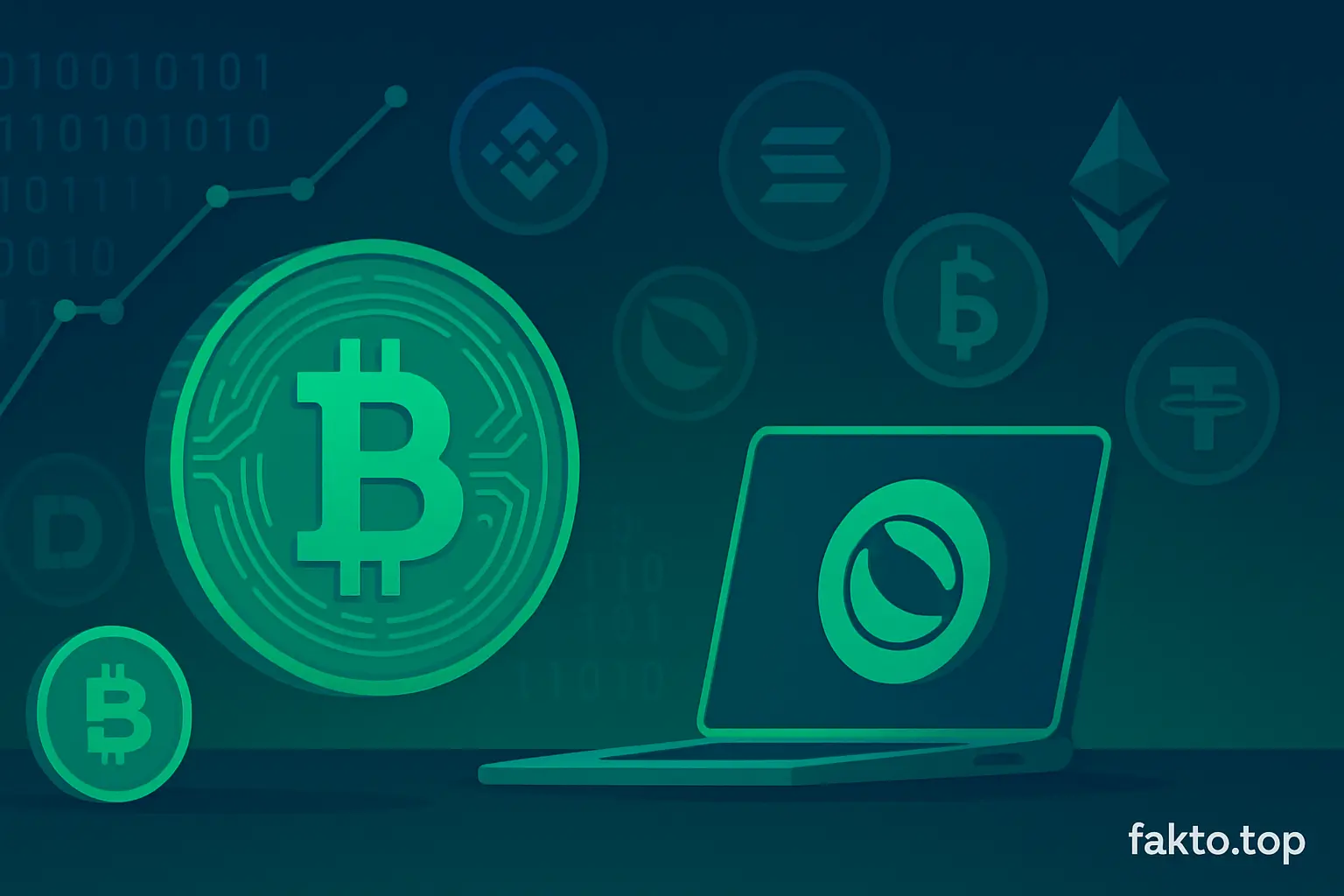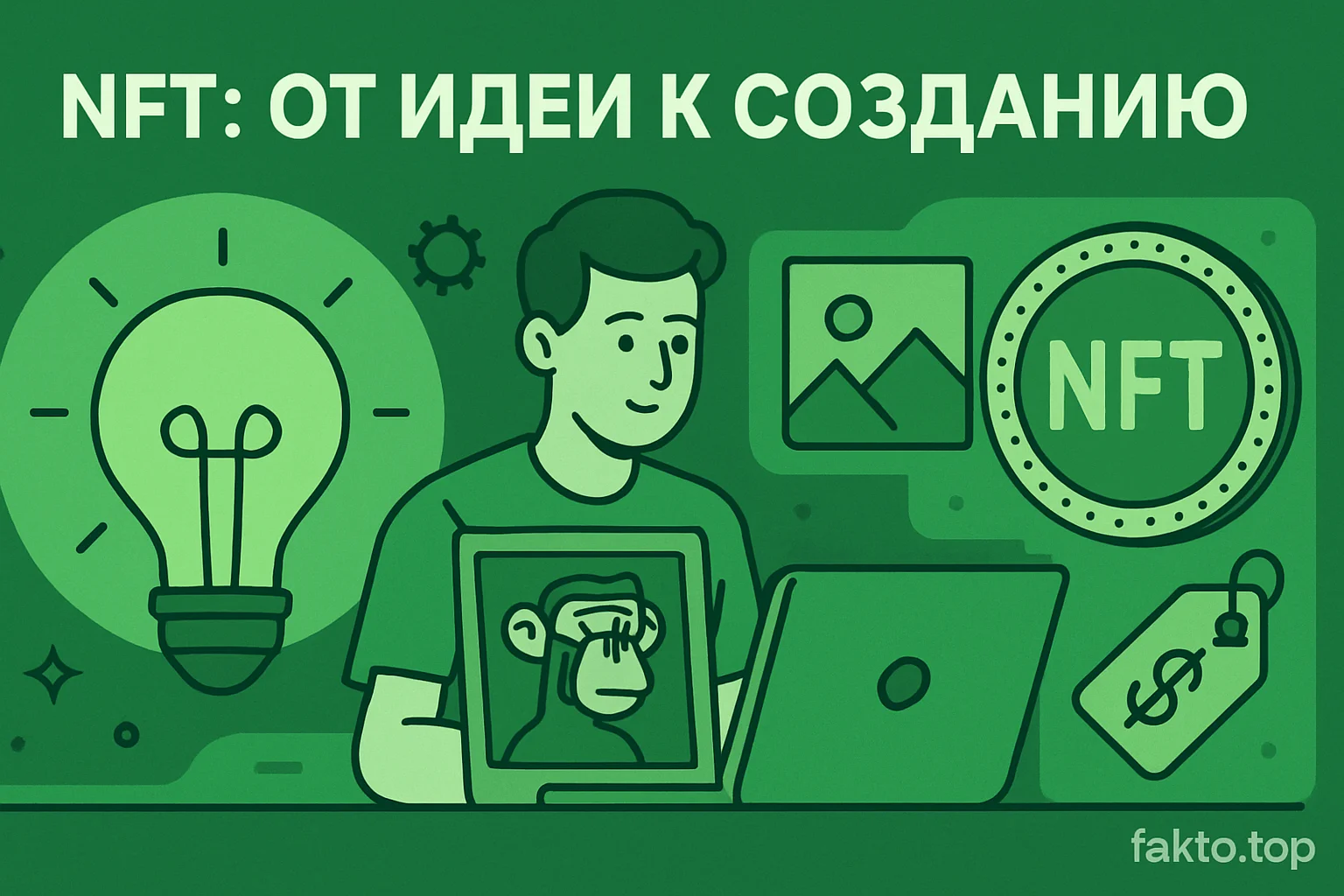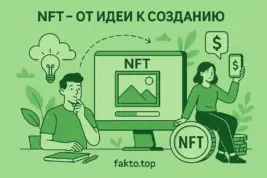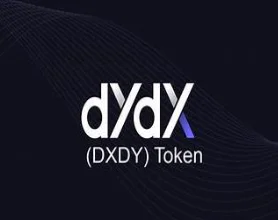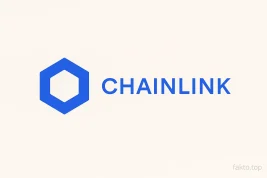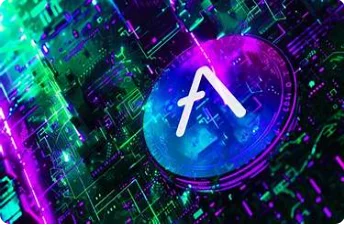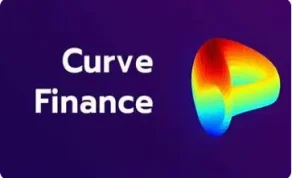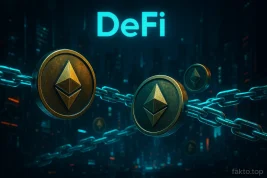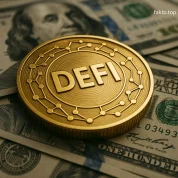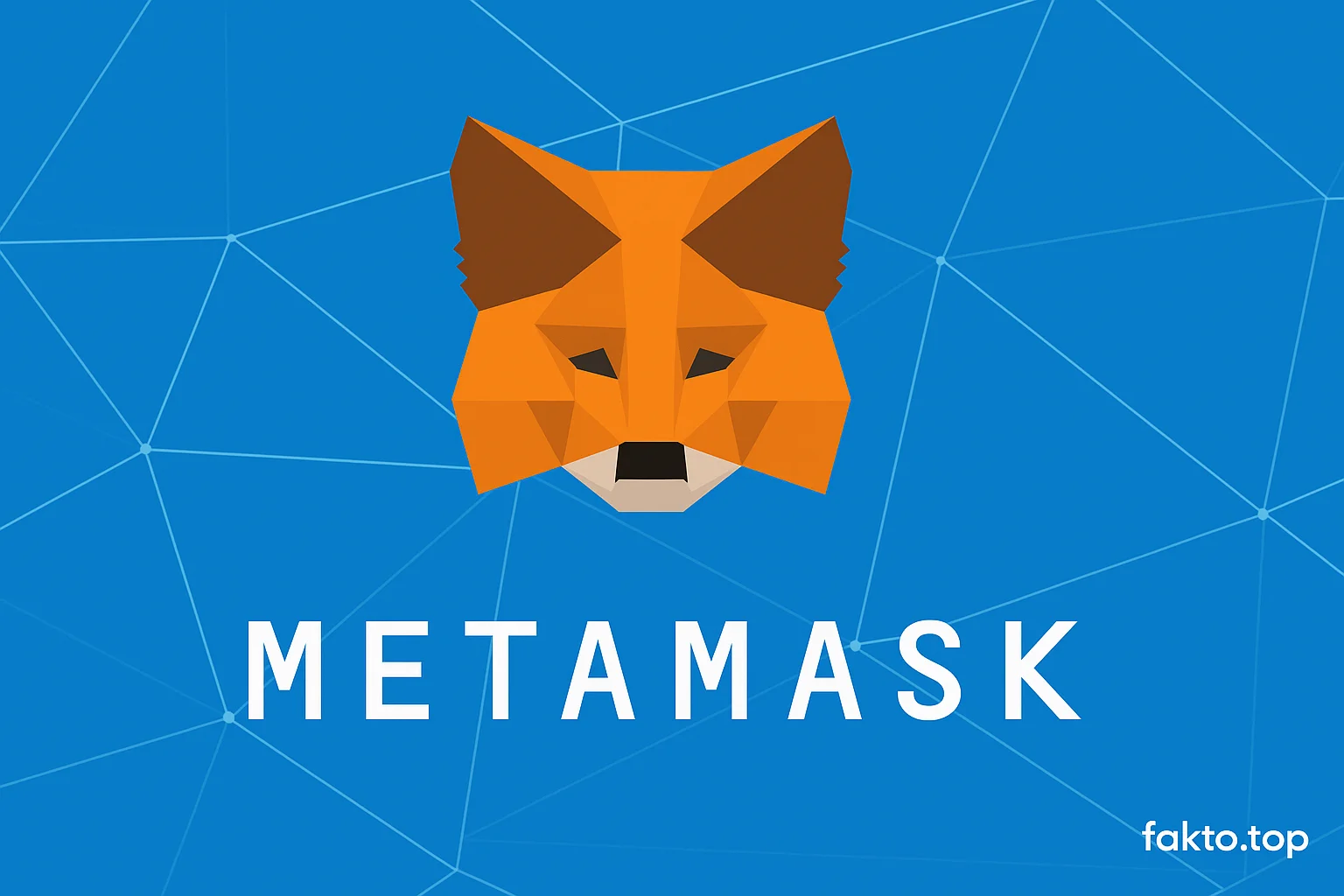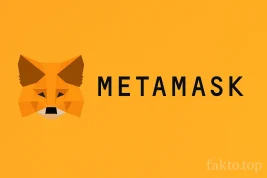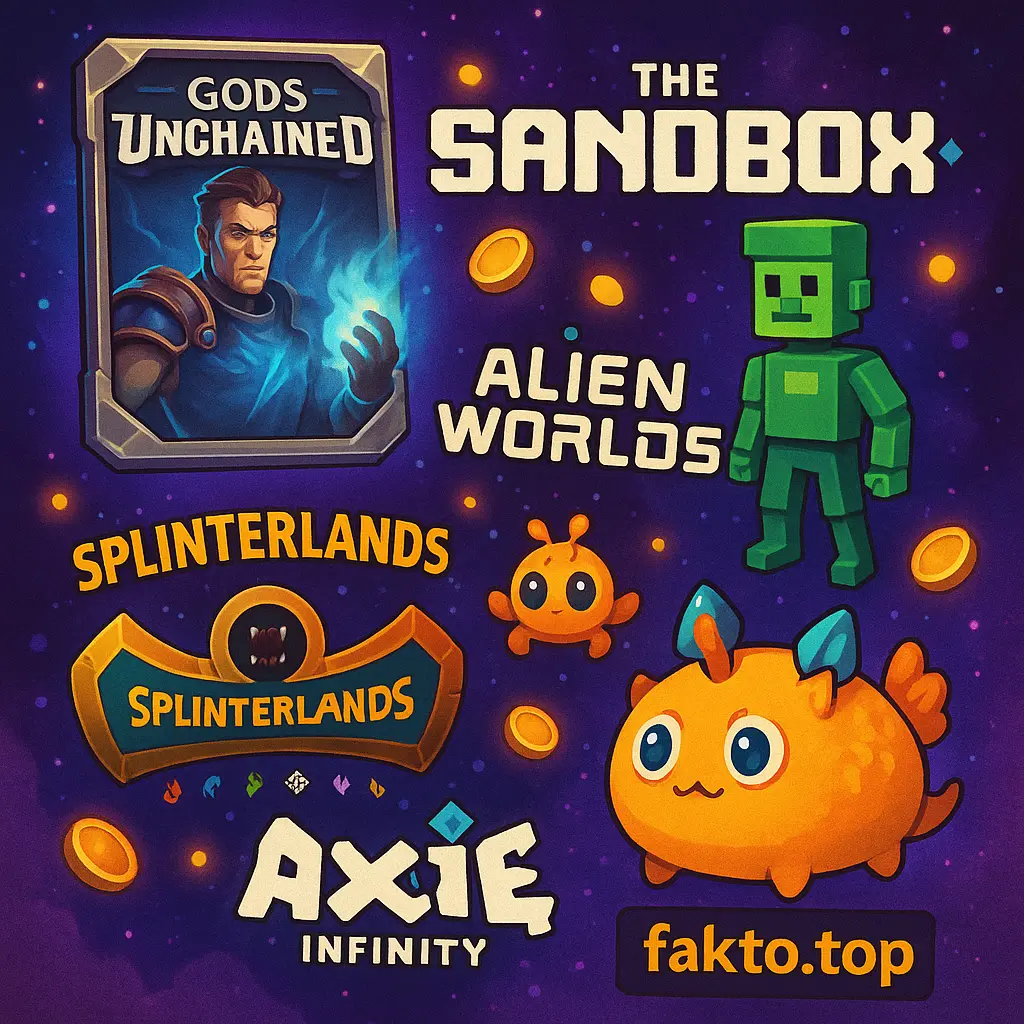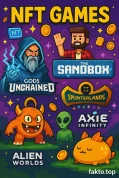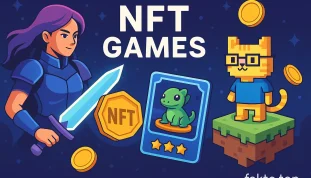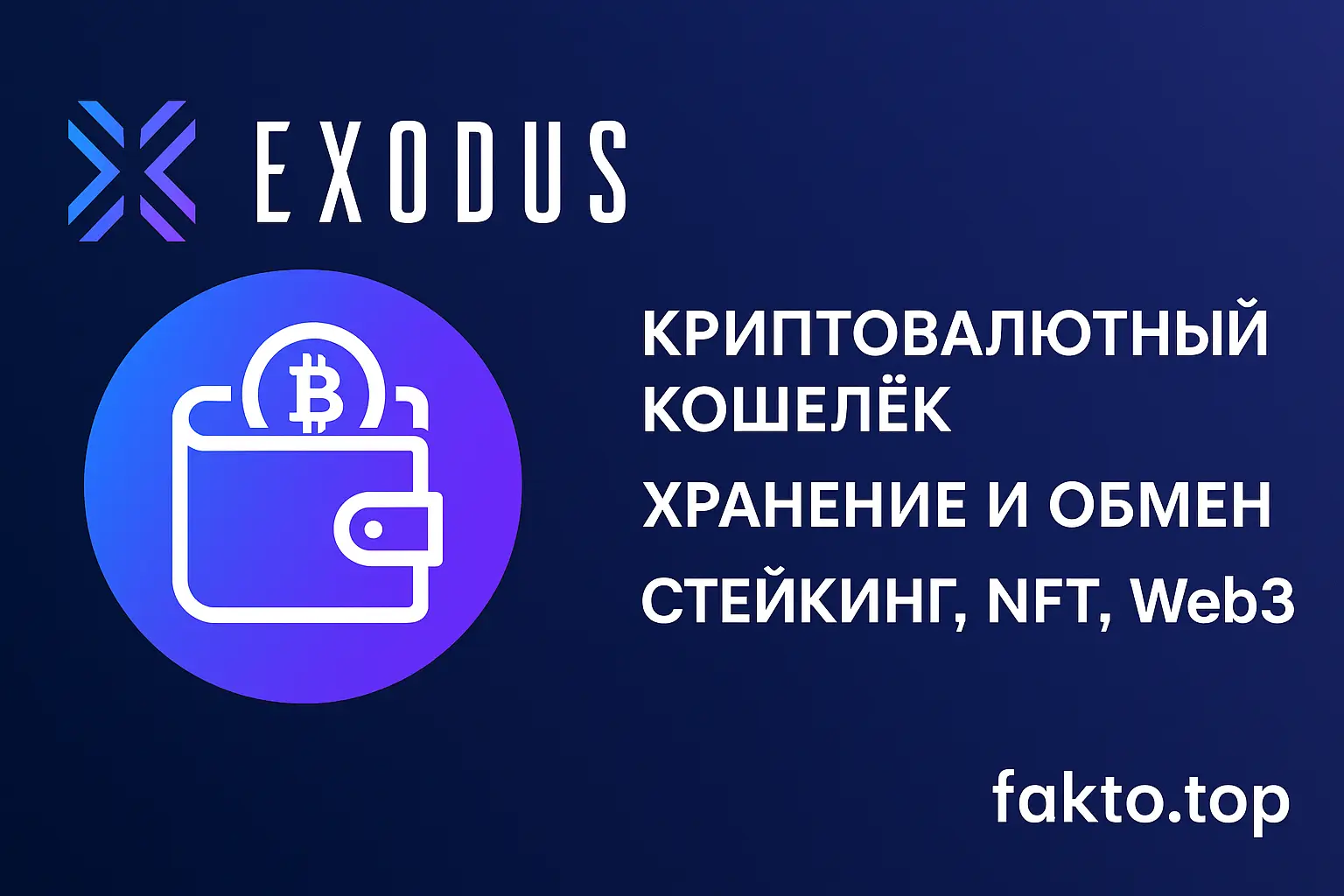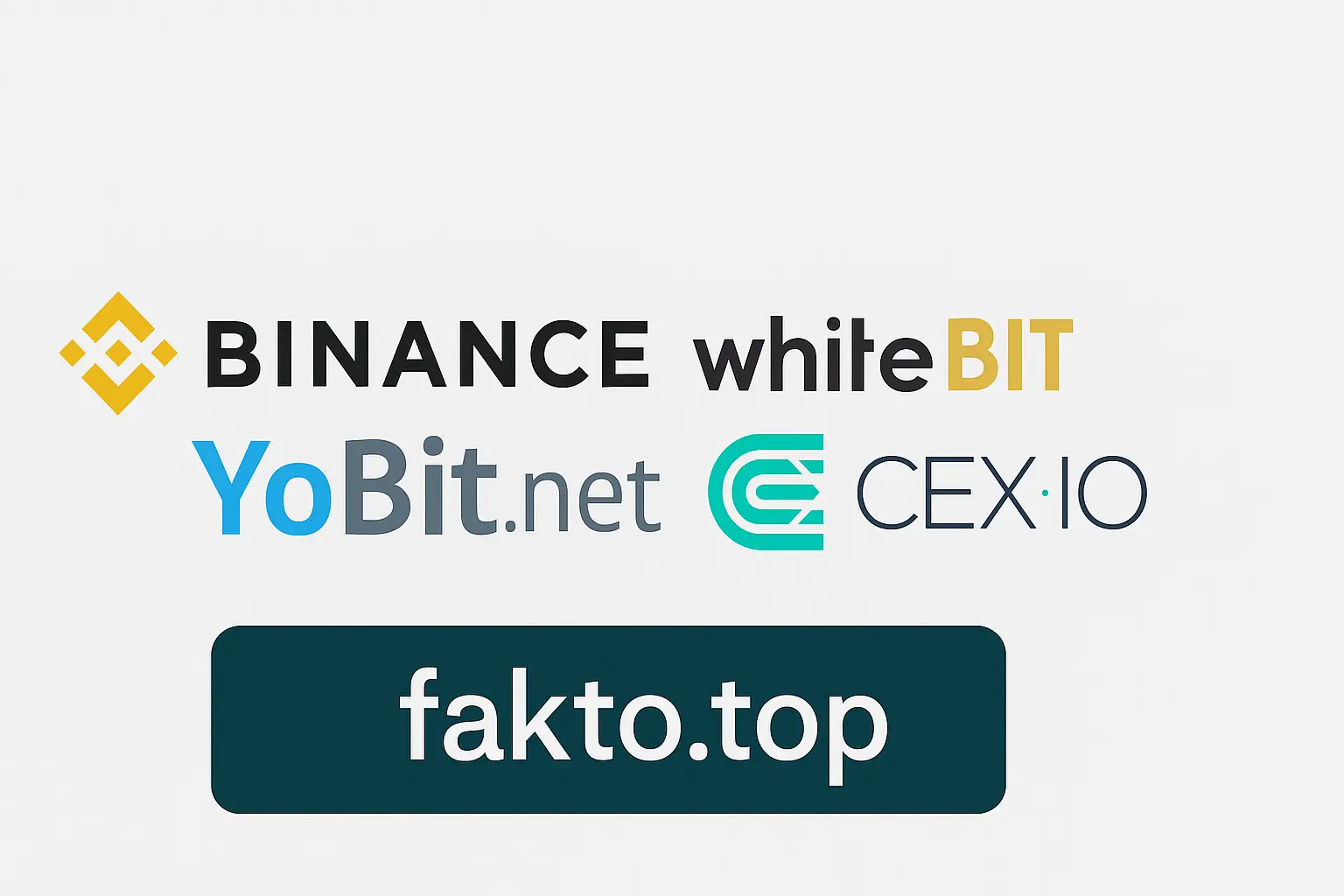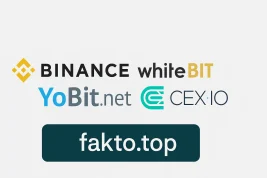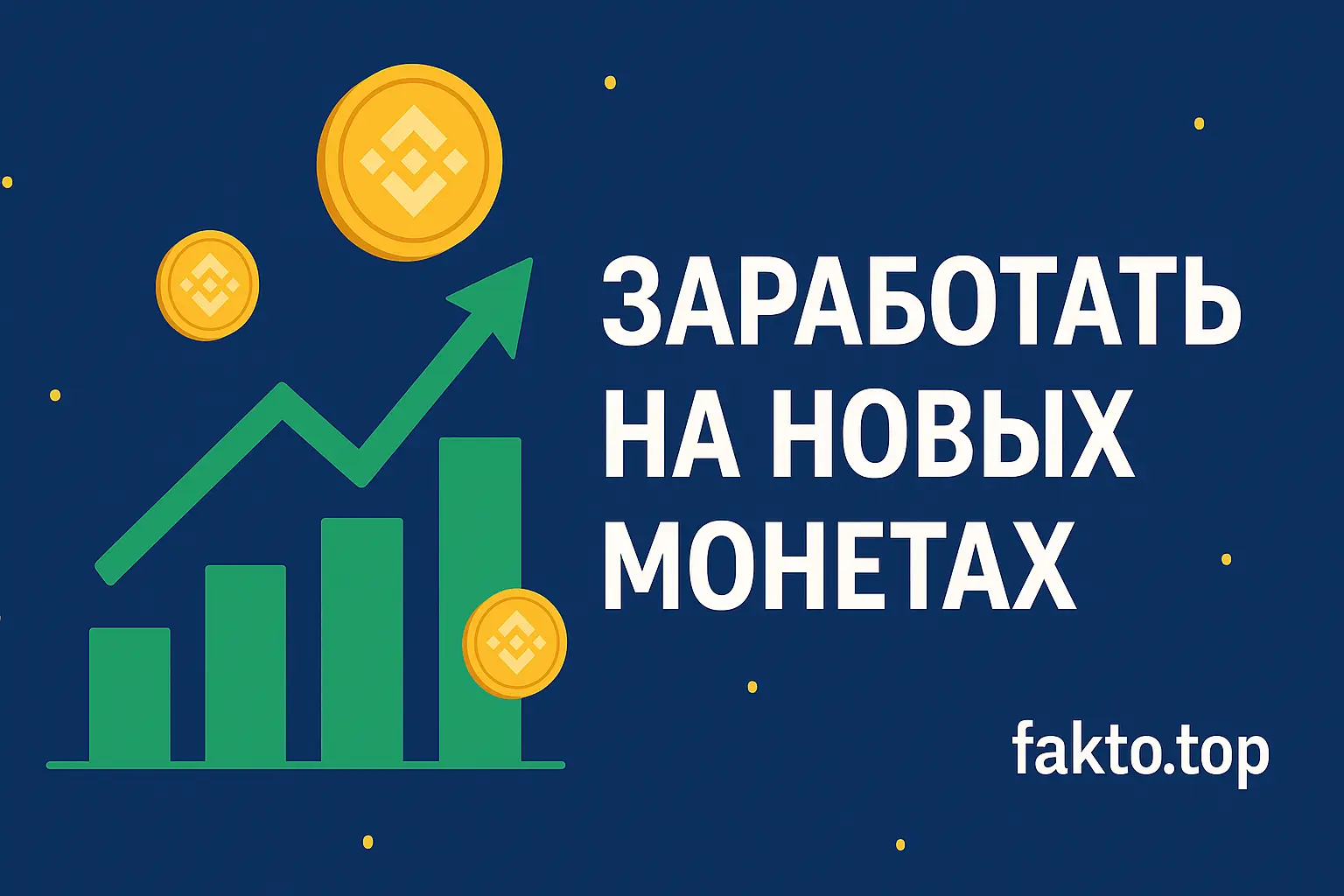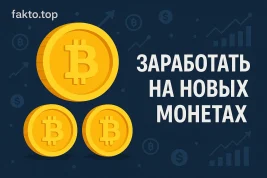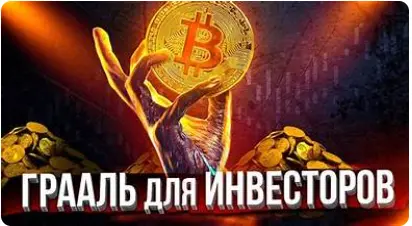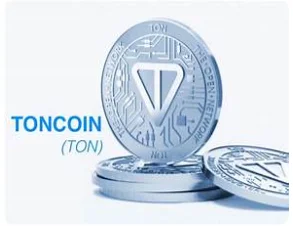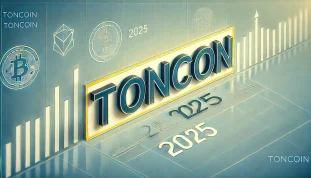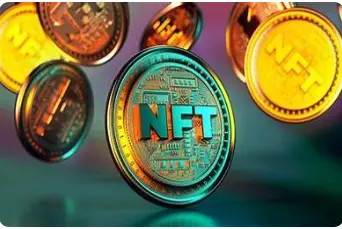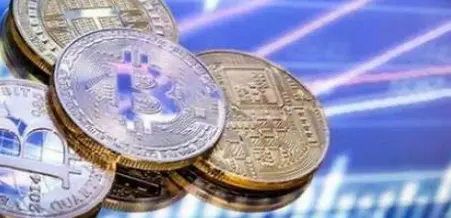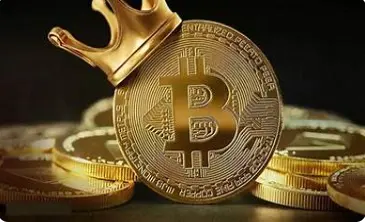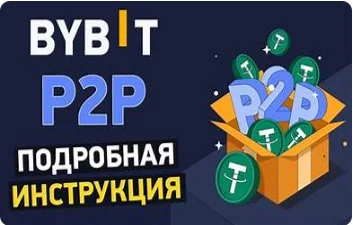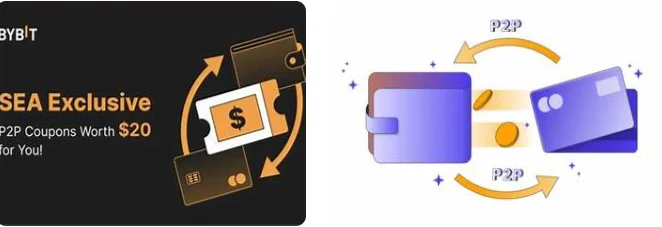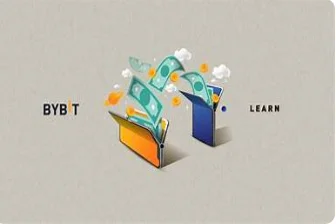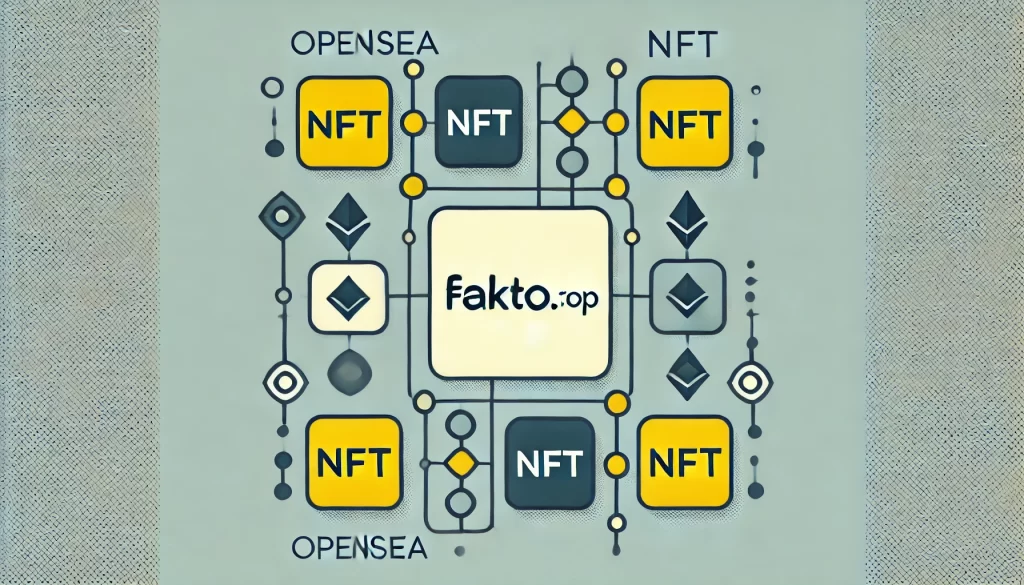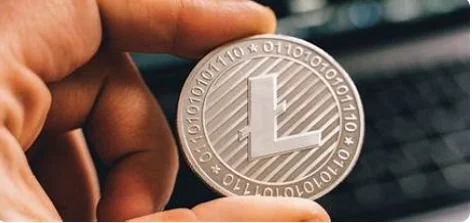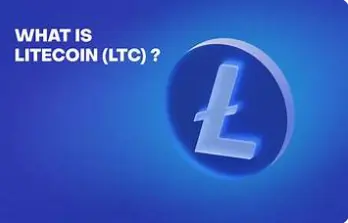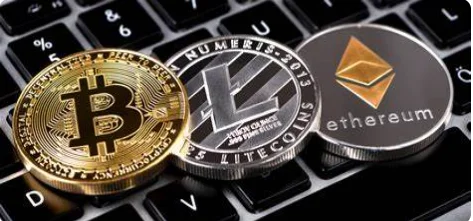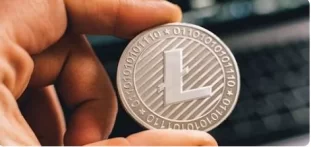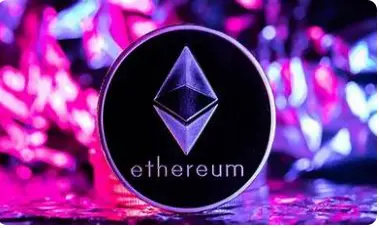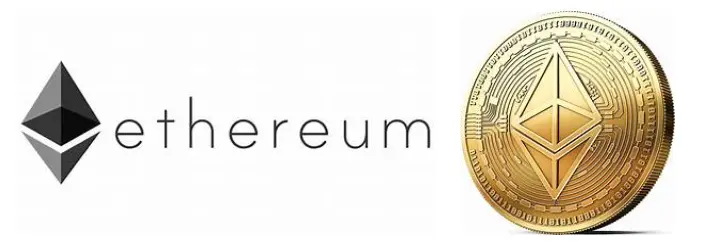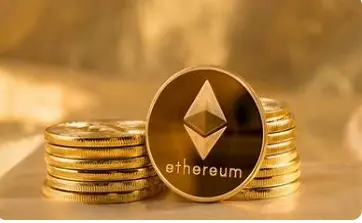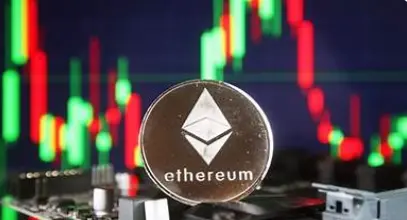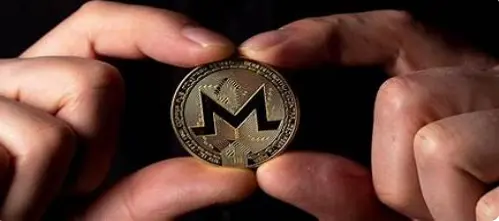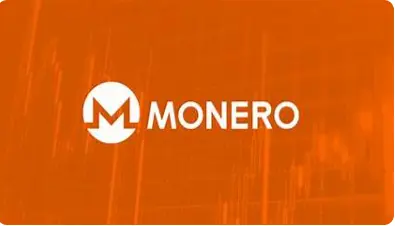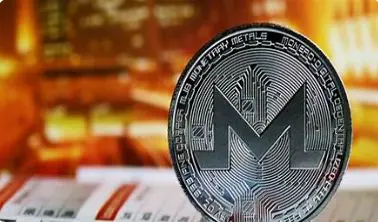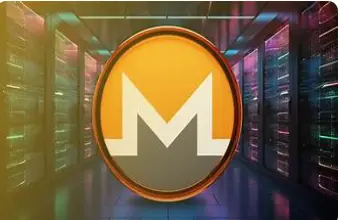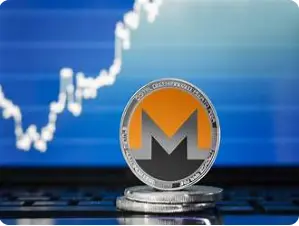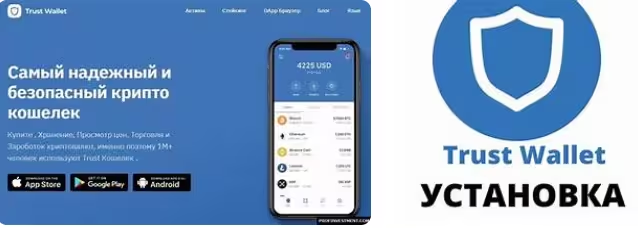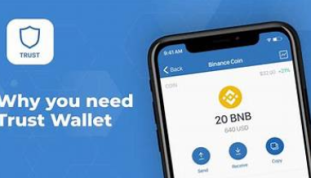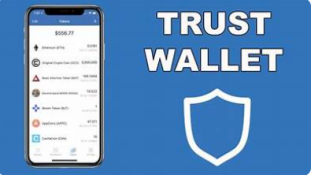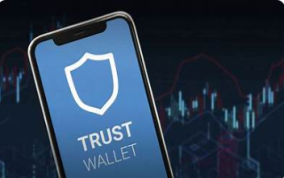How to Withdraw USD from Kraken to Chase Bank USA — Step-by-Step Guide with Fees, Timing, Common Pitfalls, and Pro Tips for 2025
Withdrawing USD from Kraken to a traditional U.S. bank like Chase is a critical step for crypto traders looking to convert digital assets into fiat. Whether you’re cashing out profits or moving funds for personal use, understanding the nuances of Kraken’s withdrawal process is essential.
This guide breaks down every step, highlights common mistakes, and compares methods to help you avoid delays and unnecessary fees. Designed for U.S.-based users, especially those banking with Chase, it offers practical insights and strategic recommendations for smooth transfers in 2025.

Overview of Kraken USD Withdrawals for US-Based Customers Using Chase Bank — What You Need to Know Before Initiating a Transfer
Kraken is one of the most trusted crypto exchanges in the United States, offering secure and regulated fiat withdrawals to major banks including Chase. However, the process isn’t always intuitive. U.S. customers must navigate ACH transfers, wire options, verification steps, and fee structures that vary depending on the method and account type.
Chase Bank, while widely compatible, has its own policies on incoming crypto-related transfers. This section outlines the foundational knowledge you need before initiating a withdrawal — from account linking to compliance checks — ensuring you’re not caught off guard by delays or rejections.
What You Need to Withdraw USD from Kraken in the USA — Account Setup, Verification, and Bank Compatibility Explained
Before initiating any withdrawal, ensure your Kraken account is fully verified under U.S. KYC regulations. This includes identity verification, address confirmation, and linking a valid Chase Bank account. Chase typically accepts ACH and wire transfers from Kraken, but users must confirm that their bank account is eligible for crypto-related transactions.
Some Chase accounts may flag or delay transfers from exchanges due to internal risk protocols. To avoid issues, use a personal checking account with a history of fiat activity, and double-check that your Kraken profile matches your bank details exactly.
Supported Withdrawal Methods for US-Based Kraken Users — Comparing ACH, Wire Transfers, and Third-Party Options
Kraken offers two primary methods for withdrawing USD to U.S. banks: ACH transfers and wire transfers. ACH is slower but cheaper, often taking 1–3 business days with minimal fees. Wire transfers are faster (same-day or next-day), but incur higher costs. For Chase Bank users, both methods are supported, though wire transfers may require manual confirmation or incur intermediary bank fees.
Some users also explore third-party exchanges like Coinbase for faster withdrawals or use peer-to-peer platforms to reduce costs. Choosing the right method depends on urgency, amount, and tolerance for fees.
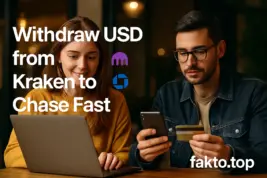
Step-by-Step Guide to Withdrawing USD from Kraken to Chase Bank USA — From Account Linking to Transfer Confirmation
Executing a successful withdrawal from Kraken to Chase Bank involves several precise steps. First, ensure your Chase account is linked and verified within Kraken’s dashboard. Then, initiate the withdrawal by selecting USD, choosing the transfer method (ACH or wire), and entering the correct banking details.
Kraken will prompt you to confirm the transaction, and depending on the method, funds may arrive within hours or days. This section walks through each step with clarity, helping you avoid common errors and ensuring your funds reach Chase without hiccups.
Not all exchanges offer secure, regulated savings — but Kraken does.
If you’re using it for USD withdrawals, consider how its staking and savings tools can complement your strategy.
Check out our Kraken savings and staking overview
to see how to maximize your crypto before converting to fiat.
It’s about more than just moving money — it’s about preserving and growing value along the way.
Linking Your Chase Bank Account to Kraken — How to Add and Verify Your U.S. Bank for Fiat Withdrawals
To link your Chase account, log into Kraken, navigate to “Funding,” and select “Withdraw” under USD. Choose “Add Bank Account” and enter your Chase routing and account numbers. Kraken may require micro-deposit verification or instant Plaid authentication. Ensure your name matches exactly across both platforms to avoid rejection. Once linked, Kraken will store the account for future withdrawals.
It’s recommended to test with a small amount first to confirm compatibility and timing. This step is crucial for avoiding failed transactions and ensuring compliance with U.S. banking regulations.
Initiating a USD Withdrawal on Kraken — Choosing ACH or Wire and Entering Accurate Banking Details
After linking your Chase account, return to the “Funding” section and select “Withdraw USD.” Choose your preferred method — ACH for low-cost transfers or wire for speed. Enter the amount, select your Chase account, and confirm the details. Double-check routing numbers, especially for wire transfers, as errors can result in lost funds or delays. Kraken will display estimated arrival times and fees before final confirmation. For large amounts, wire is recommended due to faster processing and higher limits. ACH is ideal for routine withdrawals under $10,000.
Confirming the Transfer and Estimated Arrival Time — What to Expect After Submitting Your Withdrawal
Once submitted, Kraken will process the withdrawal within 24 hours. ACH transfers typically take 1–3 business days, while wire transfers may arrive same-day if initiated early. Chase Bank may hold incoming funds for review, especially if flagged as crypto-related. You’ll receive email confirmations from Kraken and Chase once the transfer is complete. If funds don’t arrive within the expected window, check for errors in account details or contact support. Timing varies based on bank policies, holidays, and Kraken’s internal processing queue.
Kraken Withdrawal Fees and Limits for USD Transfers to Chase Bank USA — Understanding Costs and Restrictions in 2025
Fees and limits are critical when planning a Kraken withdrawal. ACH transfers to Chase typically cost $0–$1, while wire transfers range from $4–$35 depending on the bank and intermediary fees. Kraken imposes daily and monthly withdrawal limits based on account tier and verification level. Chase may also cap incoming wire amounts or charge additional fees. Understanding these parameters helps you avoid unexpected costs and ensures your withdrawal strategy aligns with your financial goals. Below is a comparison of fees and limits for both methods.
| Method |
Fee (Kraken) |
Fee (Chase) |
Transfer Time |
Limit |
| ACH |
$0–$1 |
$0 |
1–3 business days |
$10,000/day |
| Wire |
$4–$35 |
$15–$30 |
Same-day or next-day |
$100,000/day |
Standard USD Withdrawal Fees to US Bank Accounts — Kraken and Chase Cost Breakdown
Kraken’s fees for USD withdrawals are among the lowest in the industry, especially for ACH. Wire transfers, while faster, can accumulate costs from both Kraken and Chase. For example, a $10,000 wire may incur $35 from Kraken and $25 from Chase, totaling $60. ACH transfers are nearly free but slower. Always check Kraken’s fee schedule and Chase’s incoming wire policies before initiating. For frequent withdrawals, ACH is more economical, while wire suits urgent or high-value transfers.
Kraken Withdrawal Limits for Chase Bank Users — Daily, Monthly, and Tier-Based Restrictions
Kraken enforces withdrawal limits based on your account tier. Starter accounts may be limited to $5,000/day, while Intermediate and Pro tiers allow up to $100,000/day. Chase Bank itself may flag or delay large incoming transfers, especially if they exceed $50,000. To increase limits, upgrade your Kraken account and notify Chase in advance of large transfers. Monitoring your withdrawal history and planning around limits ensures smoother transactions and avoids compliance flags.

How to Minimize Fees When Cashing Out to Chase — Strategic Tips for Cost-Efficient Withdrawals
To reduce fees, use ACH for routine withdrawals and reserve wire transfers for urgent needs. Consolidate smaller withdrawals into fewer large ones to avoid repeated charges. Consider using Coinbase or Gemini for faster ACH processing if Kraken delays persist. Peer-to-peer platforms like LocalBitcoins or Paxful may offer lower fees but carry higher risk. Always compare total costs — including Kraken, Chase, and intermediary fees — before choosing a method. Timing withdrawals to avoid weekend delays also helps minimize hidden costs.
Common Issues When Withdrawing USD from Kraken to Chase Bank USA — How to Identify, Prevent, and Resolve Transfer Problems
Even with a verified Kraken account and a linked Chase Bank profile, users often encounter issues during USD withdrawals. Delays, failed transactions, and unexpected fees are common pain points. These problems typically stem from mismatched account details, bank compliance flags, or Kraken’s internal processing queue. Understanding these issues in advance helps you avoid frustration and ensures a smoother experience. This section outlines the most frequent problems and offers actionable solutions tailored for U.S. users withdrawing to Chase Bank.
Delays in Kraken Withdrawals to Chase Bank — Causes, Patterns, and How to Speed Up Transfers
Delays are most common with ACH transfers, especially during weekends or holidays. Kraken processes withdrawals in batches, and Chase may hold incoming funds for review. If your account is newly linked or the amount is unusually large, expect a delay of up to 5 business days. To minimize wait times, initiate withdrawals early in the day, avoid weekends, and ensure your account is fully verified. Wire transfers are faster but may still face delays if intermediary banks are involved. Always monitor your Kraken dashboard and Chase transaction history for updates.
Failed Transactions and Troubleshooting — What to Do If Your USD Withdrawal Doesn’t Arrive
Failed withdrawals can occur due to incorrect routing numbers, mismatched names, or bank restrictions on crypto-related transfers. If your USD doesn’t arrive within the expected window, first verify all entered details in Kraken. Then check Chase’s incoming transaction logs. If the issue persists, contact Kraken support with your transaction ID and screenshots. In rare cases, Chase may reject the transfer due to internal policies. If so, consider using a different bank or routing through Coinbase for smoother processing.
Contacting Kraken Support for USD Withdrawal Issues — Best Practices for Fast Resolution
Kraken’s support team typically responds within 24–48 hours. To expedite your case, include your account ID, transaction timestamp, and bank details in your ticket. Use the “Funding Issue” category and specify that the problem involves a USD withdrawal to Chase Bank USA. Attach screenshots of your withdrawal request and Chase account activity. For urgent cases, Kraken offers live chat during business hours. Be concise, factual, and polite — this increases your chances of a fast resolution.
Alternative Methods to Withdraw USD from Kraken in the USA — Comparing Exchanges, Transfer Types, and Peer-to-Peer Options
While Kraken offers reliable fiat withdrawals, some users prefer alternative methods for speed, lower fees, or flexibility. Coinbase, Gemini, and Binance.US provide faster ACH processing and broader bank compatibility. Peer-to-peer platforms like Paxful or LocalBitcoins allow direct USD transfers, often with reduced fees. However, these methods carry higher risk and require careful vetting of counterparties. This section compares the pros and cons of each method, helping you choose the best strategy based on your goals and risk tolerance.
ACH vs Wire Transfers — Which Is Better for Chase Bank Users With Kraken Accounts
ACH is ideal for small, routine withdrawals due to low fees and broad bank support. Wire transfers suit large, urgent transactions but cost more and require precise banking details. Chase Bank supports both methods, but wire transfers may trigger compliance reviews for amounts over $50,000. ACH transfers are processed in batches and may take longer, especially during holidays. Below is a comparison table to help you decide.
| Transfer Type |
Speed |
Cost |
Best For |
Risk Level |
| ACH |
1–3 days |
Low |
Routine withdrawals |
Low |
| Wire |
Same-day |
High |
Large, urgent transfers |
Medium |
| Coinbase ACH |
Instant–1 day |
Low–Medium |
Speed-focused users |
Low |
| Peer-to-Peer |
Varies |
Low |
Fee minimization |
High |
Using Coinbase or Other Exchanges for Faster USD Withdrawals — Pros, Risks, and Setup Tips
Coinbase offers instant ACH withdrawals to most U.S. banks, including Chase. To use this method, transfer your crypto from Kraken to Coinbase, convert to USD, and initiate an ACH withdrawal. This process is faster but may incur conversion fees. Gemini and Binance.US offer similar services with varying speeds and costs. Always verify bank compatibility and withdrawal limits before switching platforms. While convenient, these exchanges may have stricter KYC requirements or lower daily limits than Kraken.
Peer-to-Peer Transfers to Reduce Fees — How to Safely Use P2P Platforms for USD Withdrawals
Peer-to-peer platforms allow you to sell crypto directly to buyers who pay in USD via bank transfer, PayPal, or other methods. While fees are often lower, risks include fraud, chargebacks, and compliance issues. Use platforms with escrow protection and high-rated users. Always confirm payment before releasing crypto, and avoid accepting transfers from third-party accounts. For Chase Bank users, ensure the incoming payment matches your account name and complies with bank policies. P2P is best for experienced users comfortable with manual vetting.
Tips for Safe and Fast USD Withdrawals from Kraken to Chase Bank USA — Best Practices for 2025
Withdrawing USD from Kraken to Chase Bank can be seamless if you follow best practices. Verify all account details, choose the right transfer method, and time your withdrawals strategically. Avoid weekends, double-check routing numbers, and monitor both Kraken and Chase dashboards. Use ACH for low-cost transfers and wire for speed. Consider alternative platforms if delays persist. This section summarizes expert tips to help you withdraw confidently and avoid common pitfalls.
Not all exchanges offer secure, regulated savings — but Kraken does.
If you’re using it for USD withdrawals, consider how its staking and savings tools can complement your strategy.
Check out our
Kraken savings and staking overview
to see how to maximize your crypto before converting to fiat.
It’s about more than just moving money — it’s about preserving and growing value along the way.
Not all exchanges offer secure, regulated savings — but Kraken does.
If you’re using it for USD withdrawals, consider how its staking and savings tools can complement your strategy.
Check out our Kraken savings and staking overview
to see how to maximize your crypto before converting to fiat.
It’s about more than just moving money — it’s about preserving and growing value along the way.
Verifying Your Kraken and Chase Accounts — Ensuring Compliance and Preventing Rejections
Both Kraken and Chase require full identity verification for fiat transfers. Ensure your name, address, and account numbers match exactly across platforms. Use official documents for verification and avoid nicknames or abbreviations. Chase may reject incoming transfers with mismatched sender details. Kraken may delay withdrawals if your account is flagged for unusual activity. Regularly update your profile and monitor verification status to prevent issues.
Avoiding Common Scams and Transfer Errors — How to Stay Safe When Moving USD from Crypto to Bank
Scams often target users during the withdrawal process. Beware of phishing emails pretending to be Kraken or Chase. Never share your login credentials or banking details with third parties. Use two-factor authentication on both platforms. Double-check all transfer details before confirming. If you receive unexpected messages or requests, contact support directly. Staying vigilant protects your funds and ensures a smooth withdrawal experience.
Timing Your Withdrawals for Minimal Delays — Strategic Scheduling for Faster USD Transfers
Timing matters. Initiate withdrawals early in the business day to ensure same-day processing. Avoid weekends and holidays, when banking systems slow down. For wire transfers, submit before 1 PM EST to maximize speed. Monitor Kraken’s processing queue and Chase’s incoming transaction logs. Planning your withdrawals around banking hours and Kraken’s batch cycles can reduce delays and improve reliability.
Frequently Asked Questions About Kraken USD Withdrawals to Chase Bank USA — Quick Answers to Common Concerns
Q: Can I withdraw USD from Kraken to any Chase account?
A: Most personal checking accounts are compatible. Business or savings accounts may require additional verification.
Q: How long does a Kraken ACH withdrawal to Chase take?
A: Typically 1–3 business days, depending on Kraken’s processing and Chase’s review time.
Q: Are there limits on how much I can withdraw?
A: Yes. Kraken imposes tier-based limits, and Chase may flag large incoming transfers. Check both platforms before initiating.
Q: What if my transfer fails?
A: Verify details, contact support, and consider alternative methods like Coinbase or wire transfers.
Final Thoughts — Why Understanding Kraken-to-Chase USD Withdrawals Matters for U.S. Crypto Traders in 2025
Withdrawing USD from Kraken to Chase Bank USA is more than a technical task — it’s a strategic move in your crypto journey. Whether you’re cashing out profits, funding real-world expenses, or rebalancing your portfolio, understanding the process ensures speed, safety, and cost-efficiency. By mastering the steps, anticipating issues, and exploring alternatives
